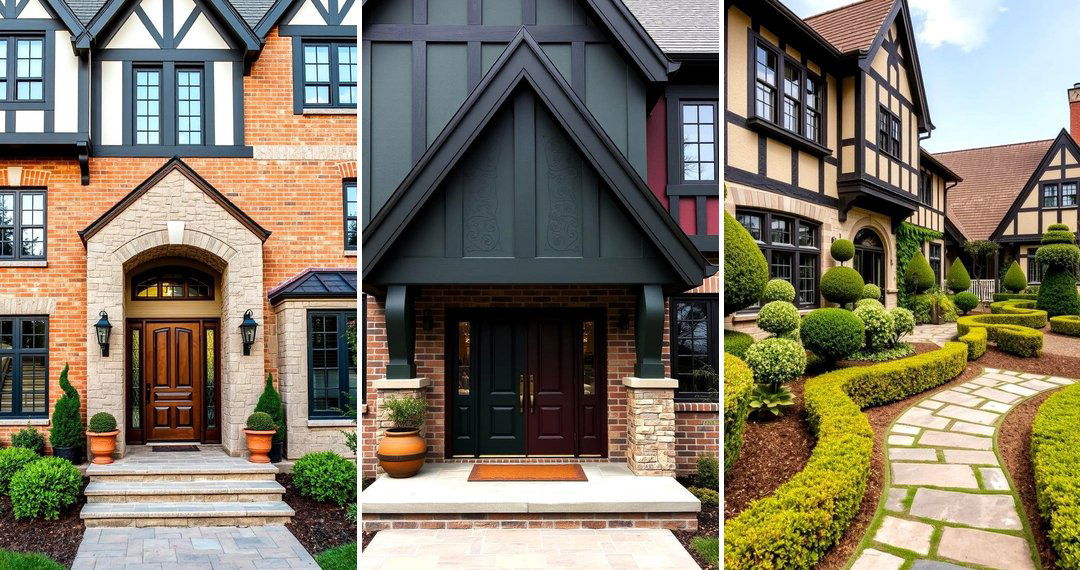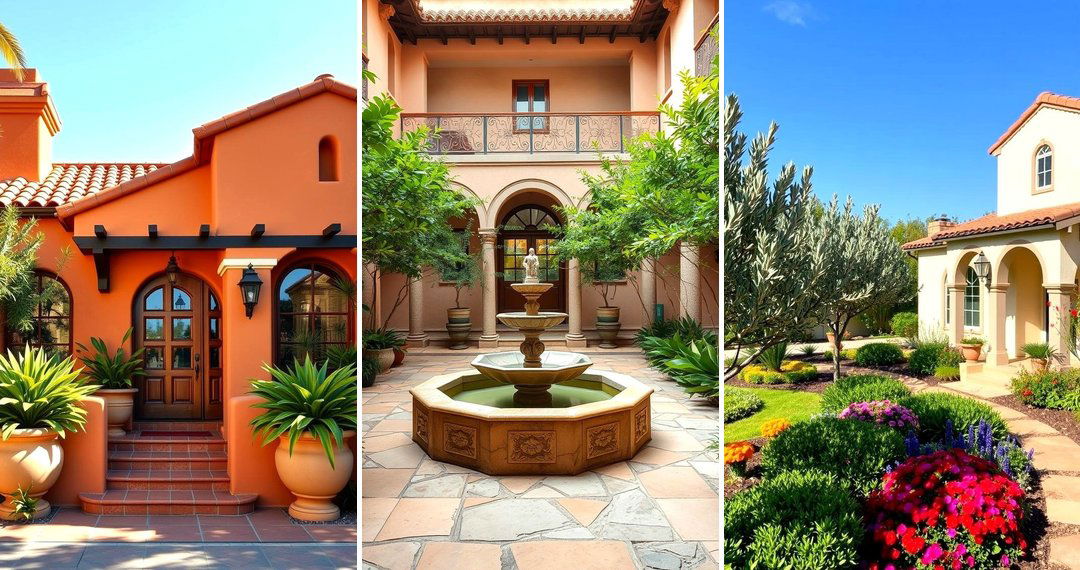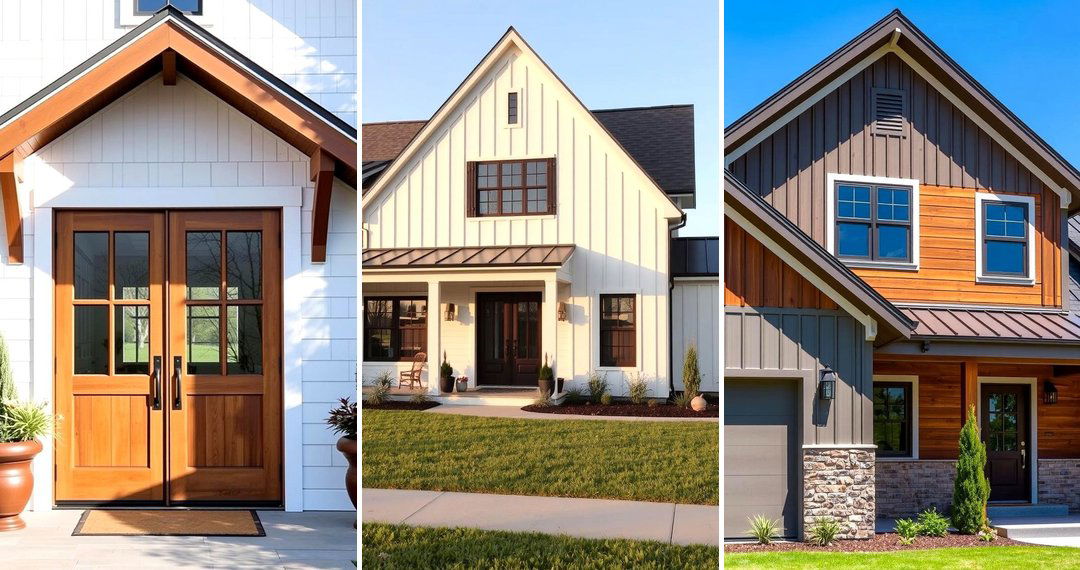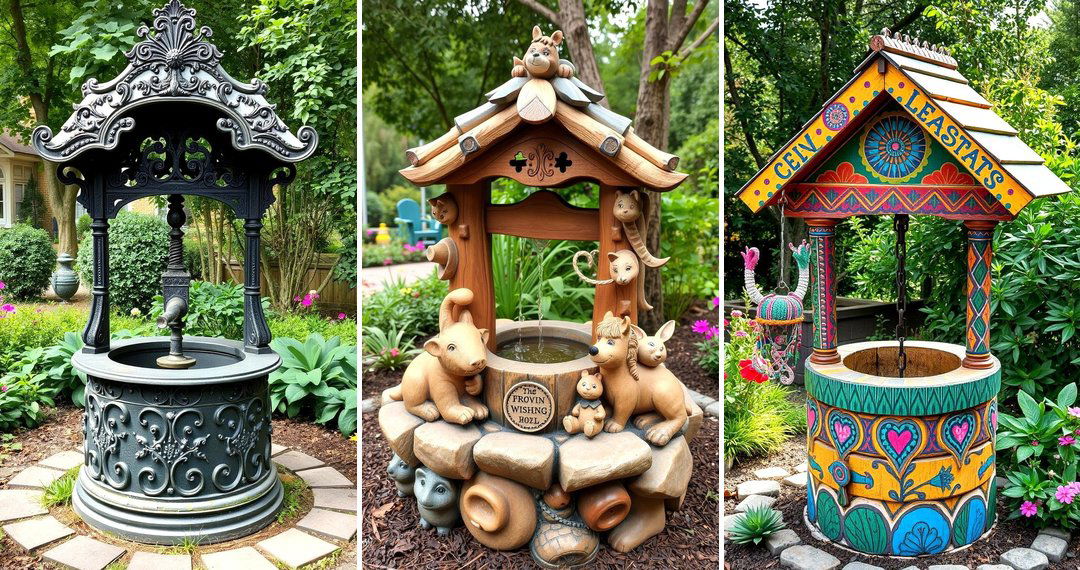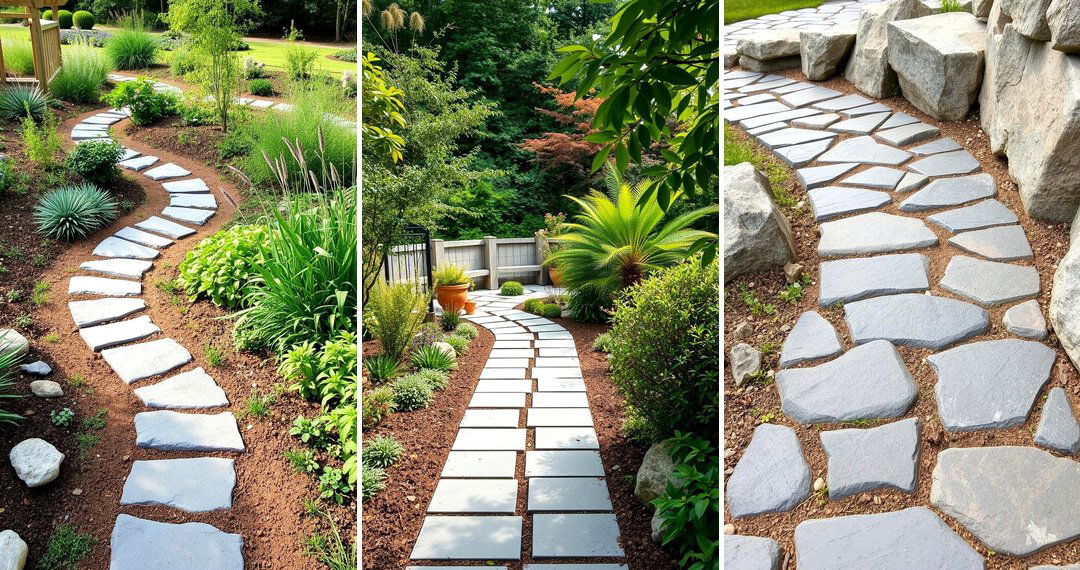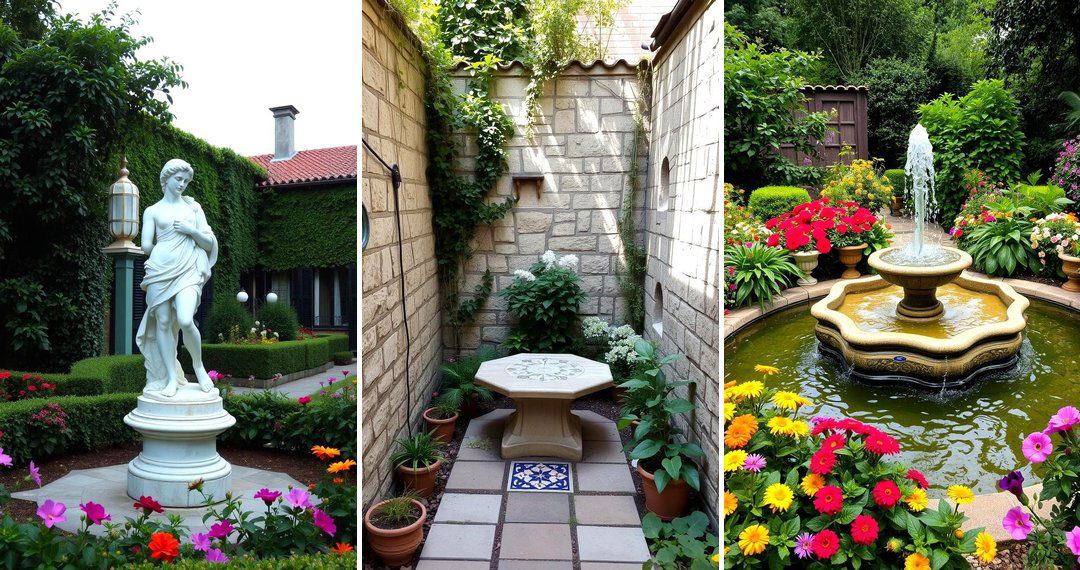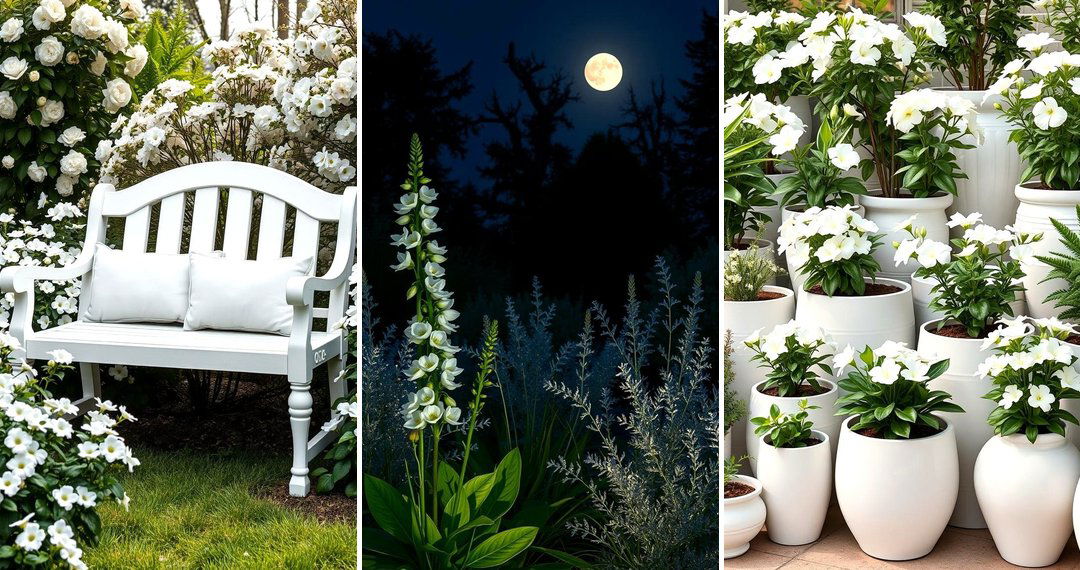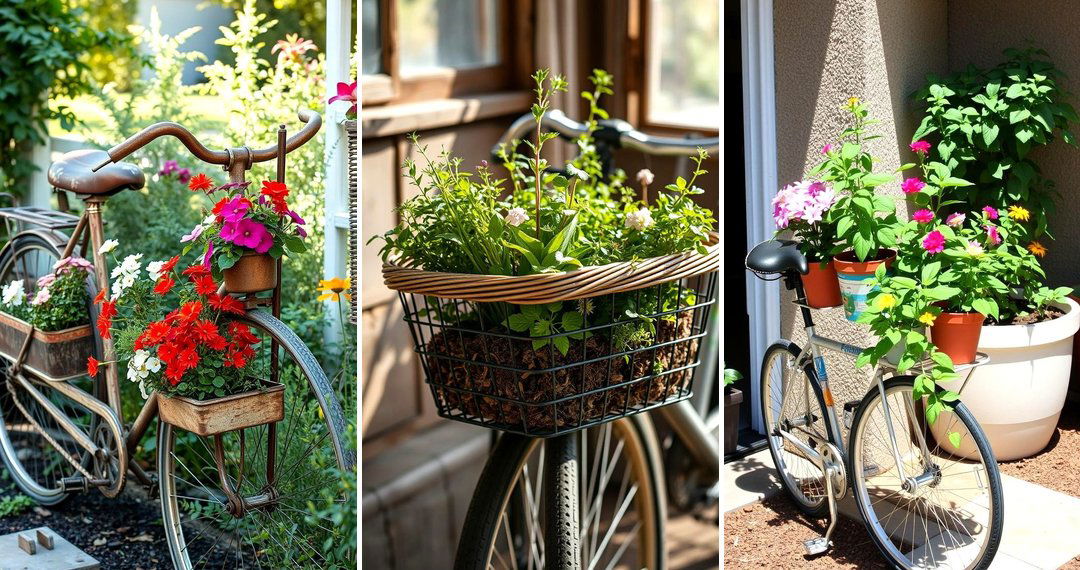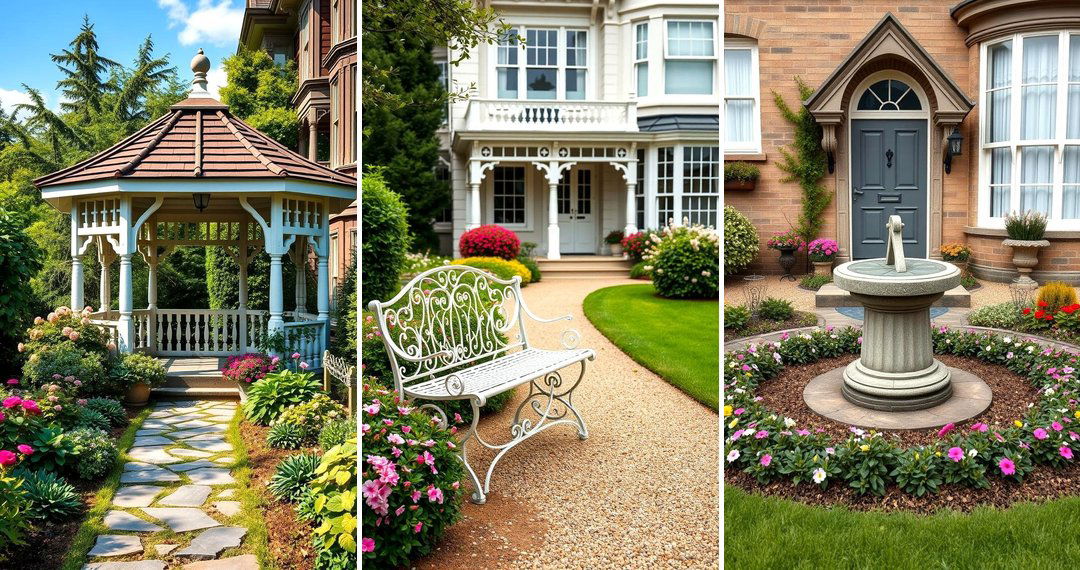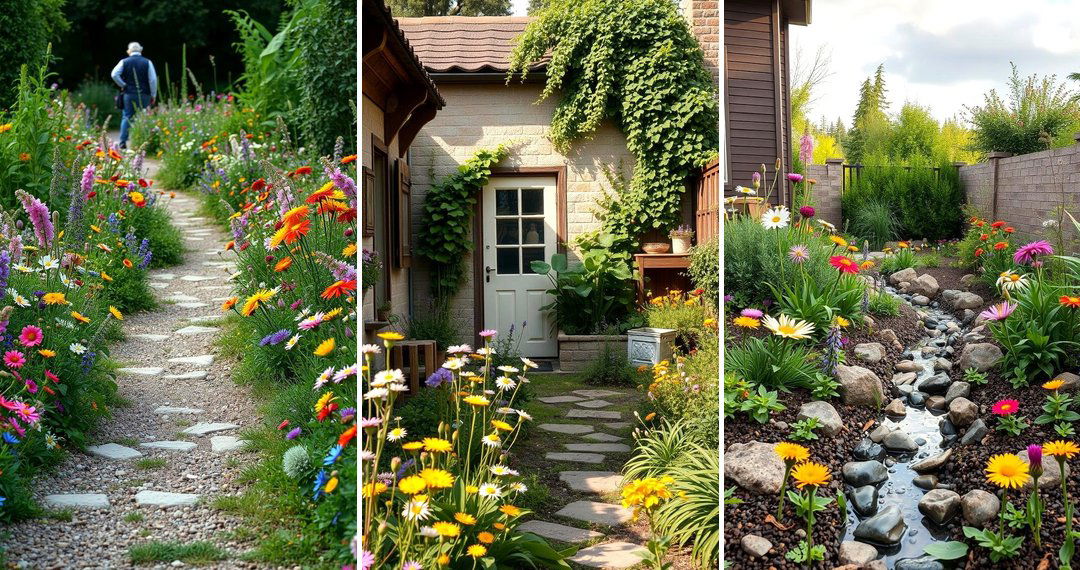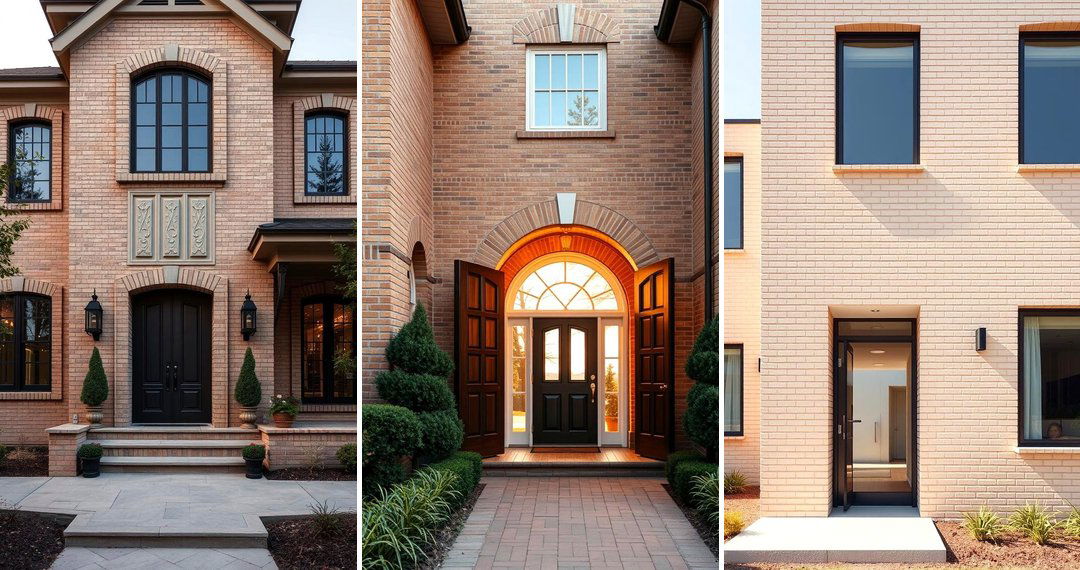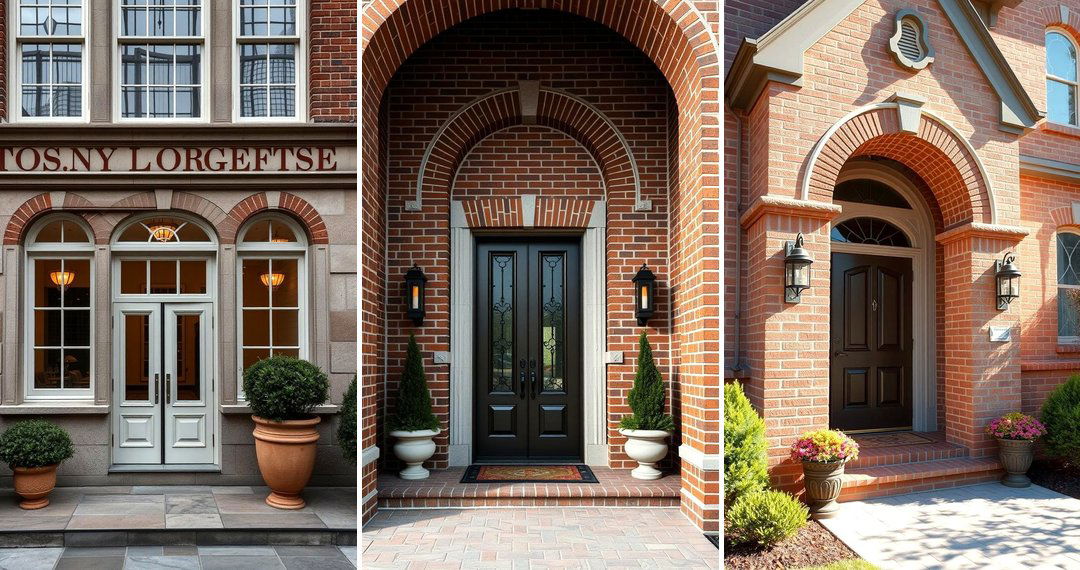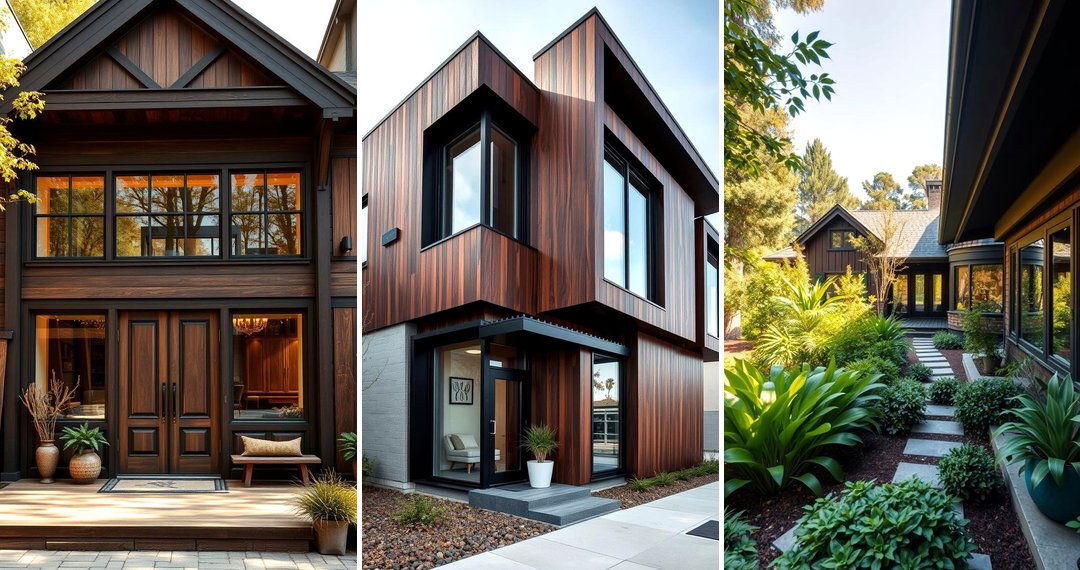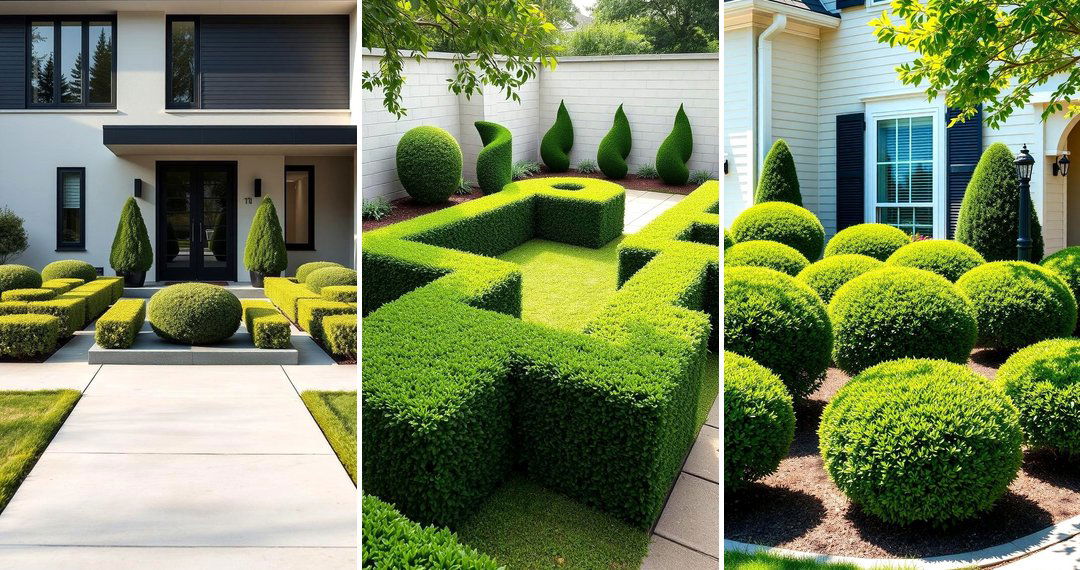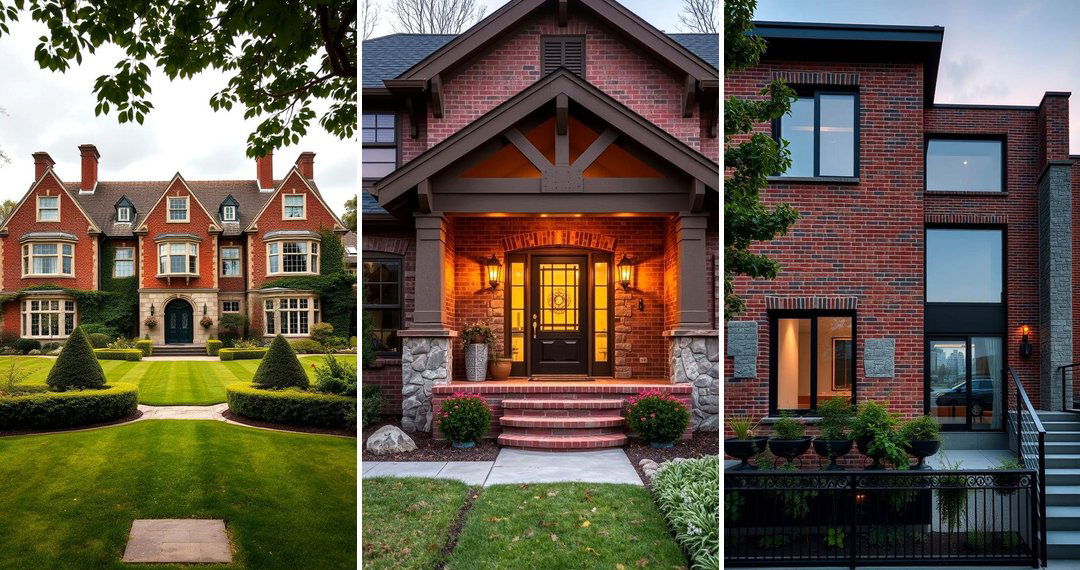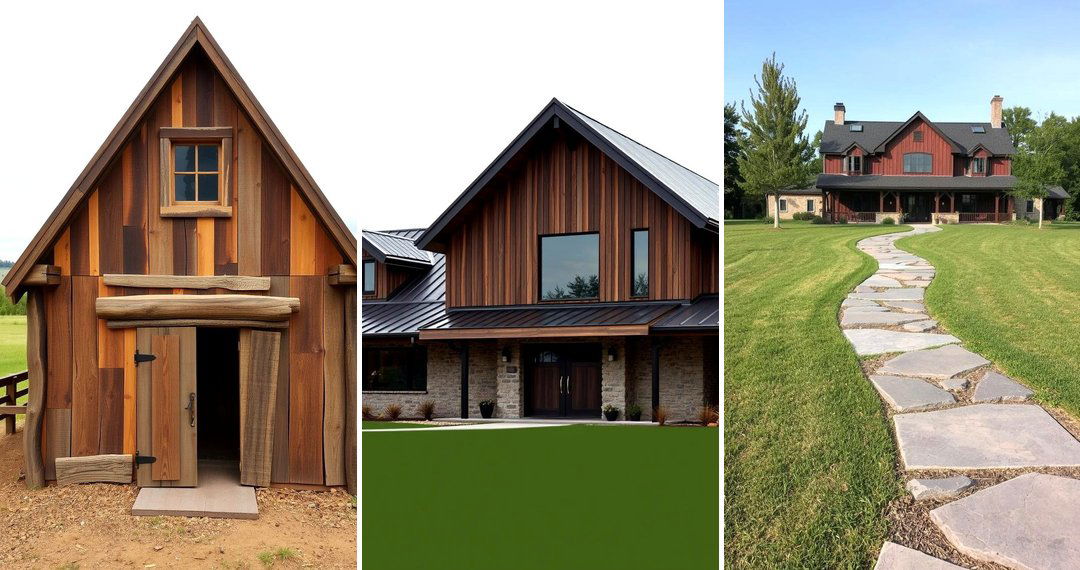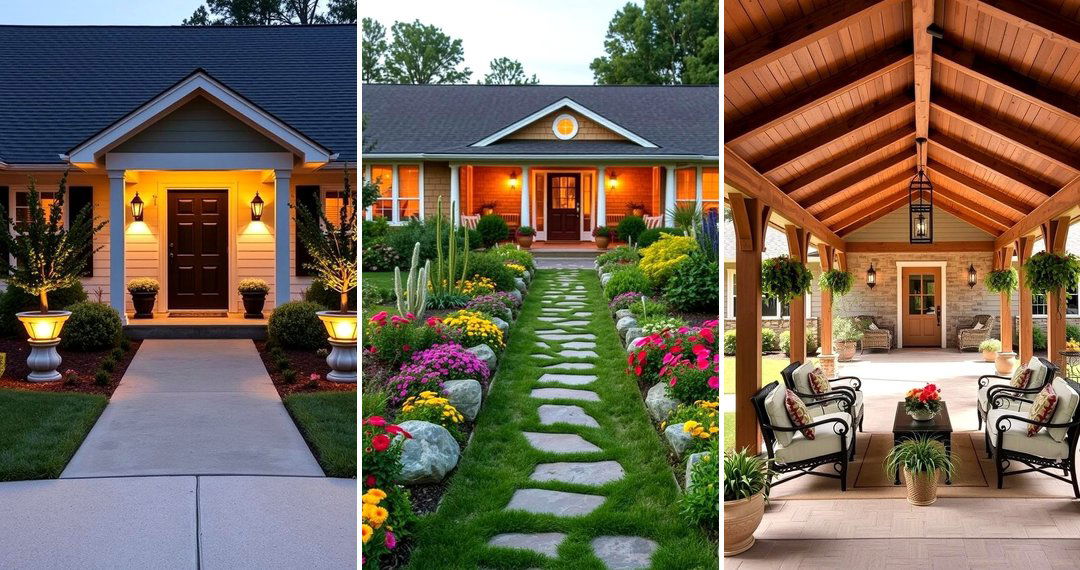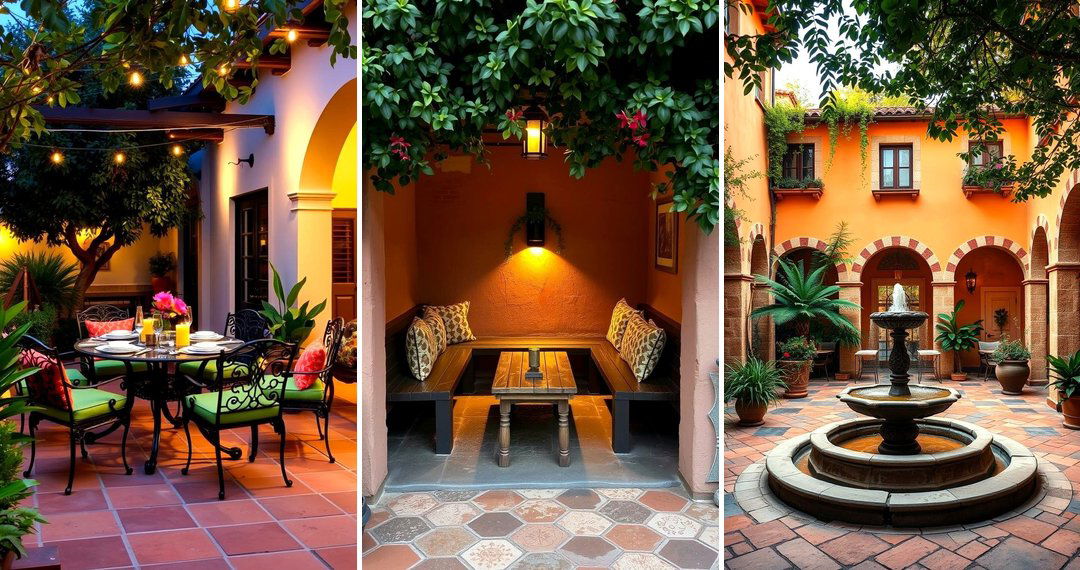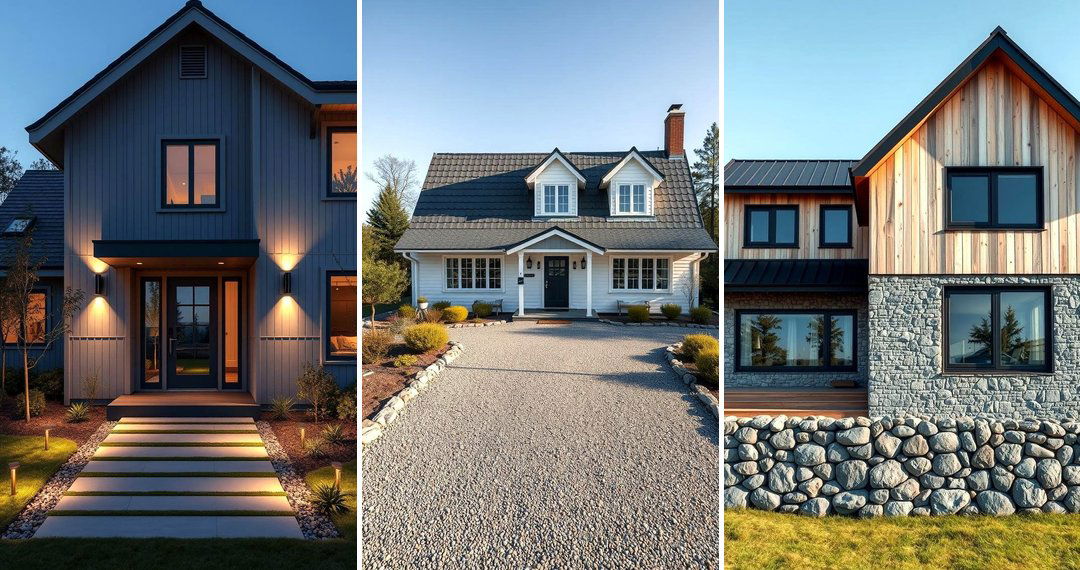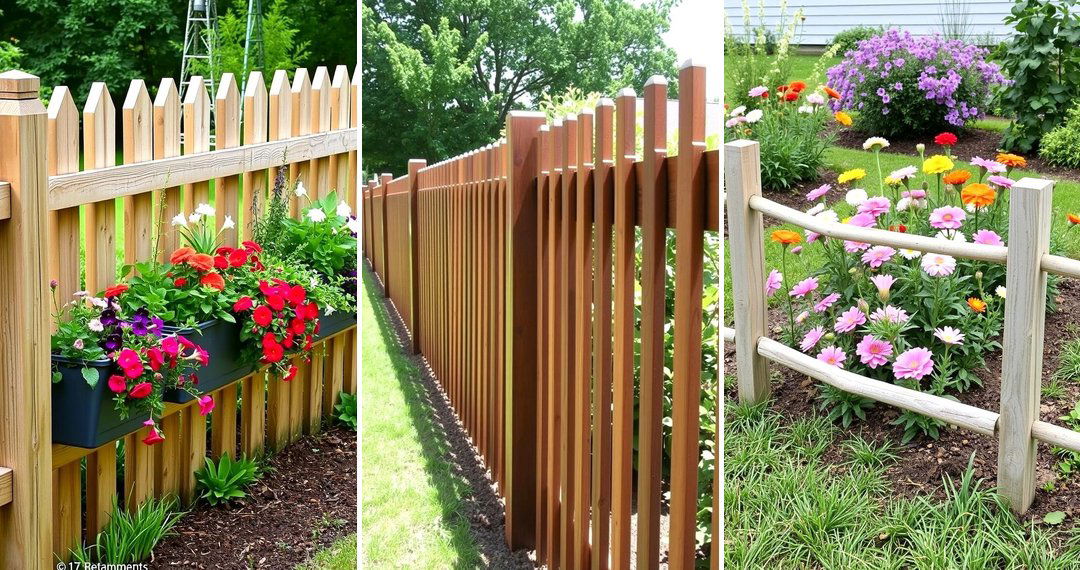Creating a garden can be a rewarding and transformative experience. Whether you're designing a serene space for relaxation or a vibrant display of color and life, the possibilities are endless. English gardens are celebrated for their timeless beauty, blending formality with natural charm. These gardens offer a variety of options that can cater to any size space, from sprawling landscapes to cozy urban retreats. By exploring these 24 English garden ideas, you’ll discover practical, creative ways to bring your dream garden to life. With a focus on color, texture, and form, you'll be able to create a stunning environment that suits your personal style and enhances the outdoor experience. Let’s explore these ideas and make your garden an enchanting escape.
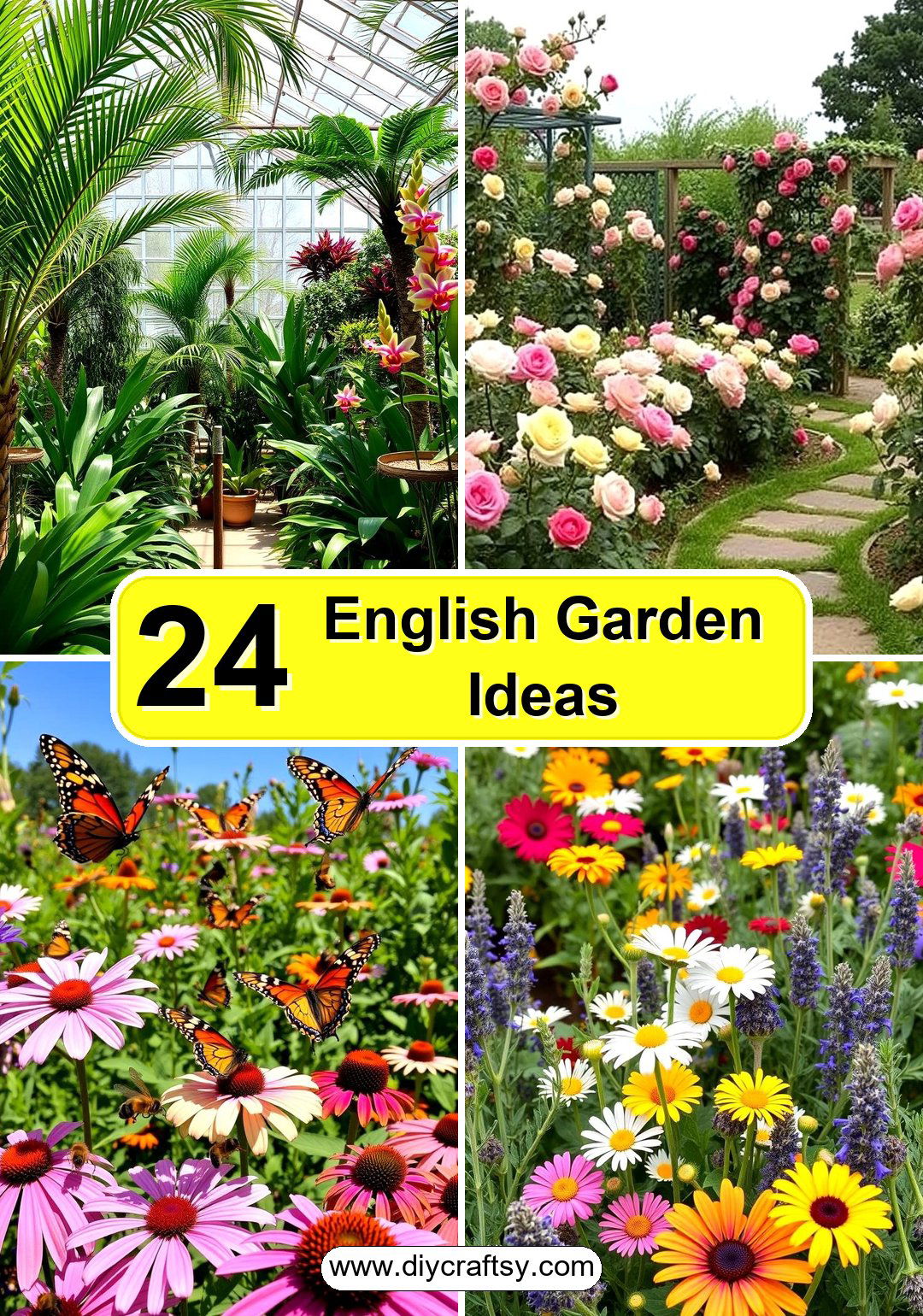
1. Traditional English Rose Garden
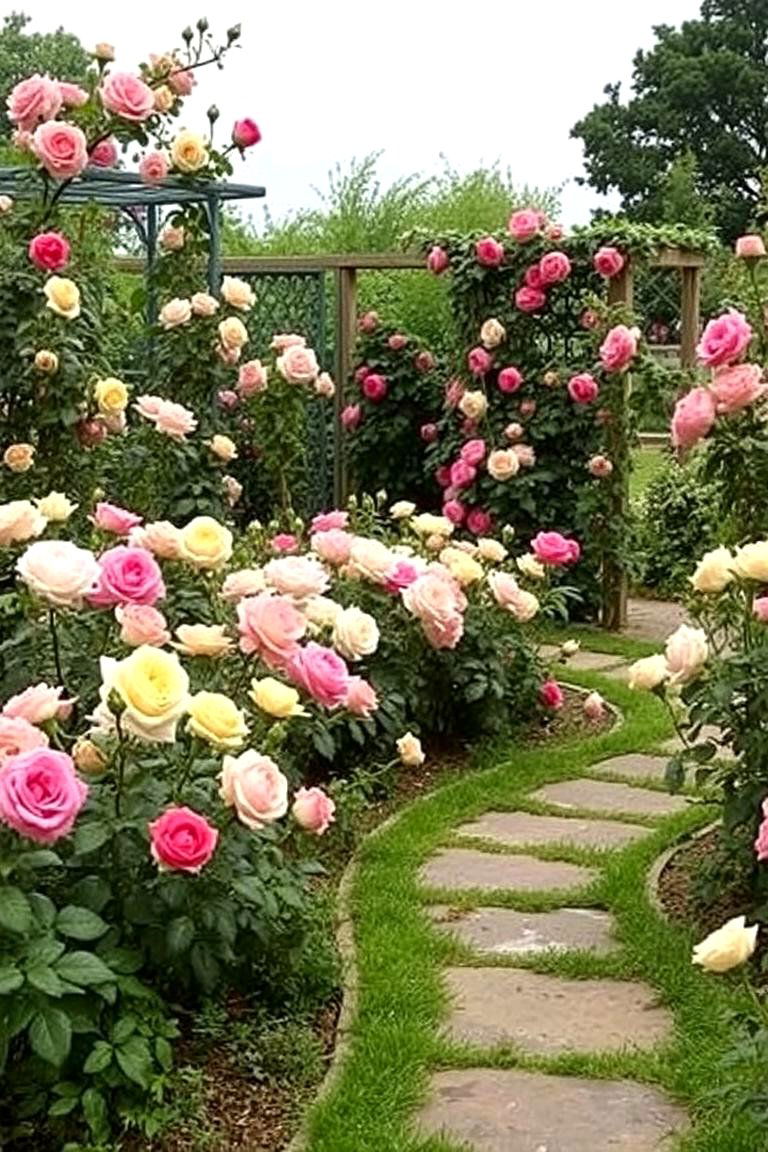
A traditional English rose garden immediately evokes a sense of timeless elegance. By planting a variety of roses—ranging from climbers to bush varieties—you create an aromatic, colorful focal point in any space. The key benefit of this design is its versatility; you can mix different colors and types to suit your style, and roses thrive in both sunny and partially shaded areas. Incorporating climbing roses along trellises or fences can add vertical interest, while low-growing varieties are perfect for edging flower beds. The beauty and fragrance will enchant anyone who visits your garden.
2. Cottage-Style Garden
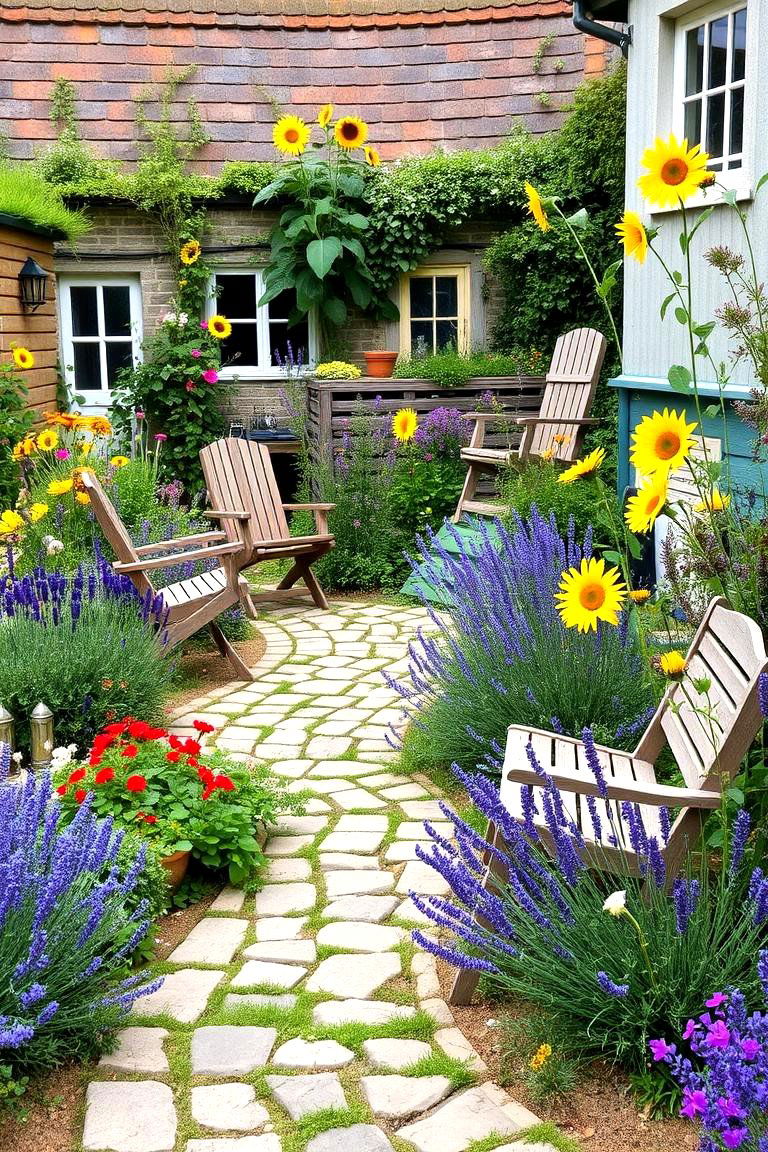
Imagine walking into a garden that feels like a scene from a charming countryside cottage. A cottage-style garden embraces an informal, whimsical design, filled with an abundance of flowers, herbs, and climbing plants. The benefit of this style lies in its low-maintenance nature and its ability to look naturally beautiful. Incorporating wildflowers, lavender, and sunflowers will add charm and color, while pathways lined with cobblestones or wood offer rustic appeal. With this garden, you’ll create a space that feels both cozy and inviting, perfect for outdoor gatherings or quiet contemplation.
3. Herb Garden
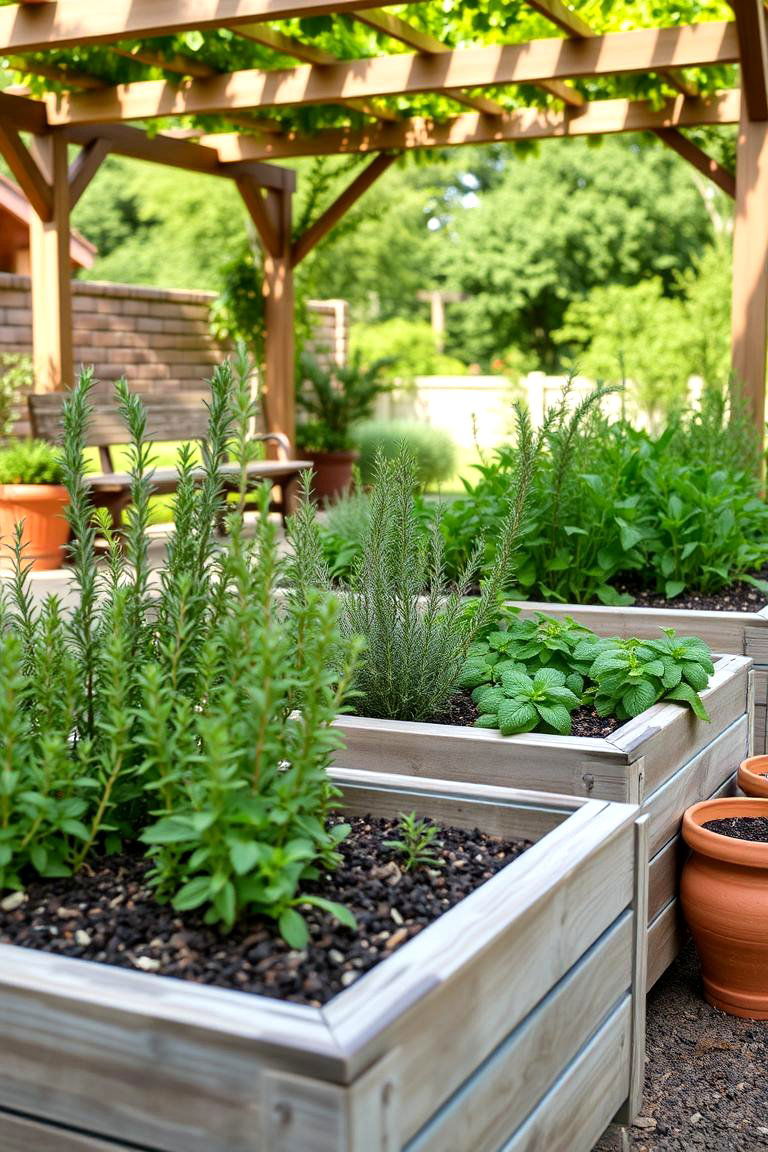
Transform your garden into a fragrant and useful space with an herb garden. Herbs like basil, rosemary, thyme, and mint can be planted in raised beds, containers, or even along pathways. The beauty of an herb garden is that it's both functional and beautiful, offering culinary delights as well as vibrant greenery. The advantage of growing herbs in an English garden is their versatility in both cooking and aesthetic appeal. You can plant them alongside flowering plants, allowing them to add fragrance and texture to your space, while also making use of them in everyday meals.
4. Formal Garden with Symmetry
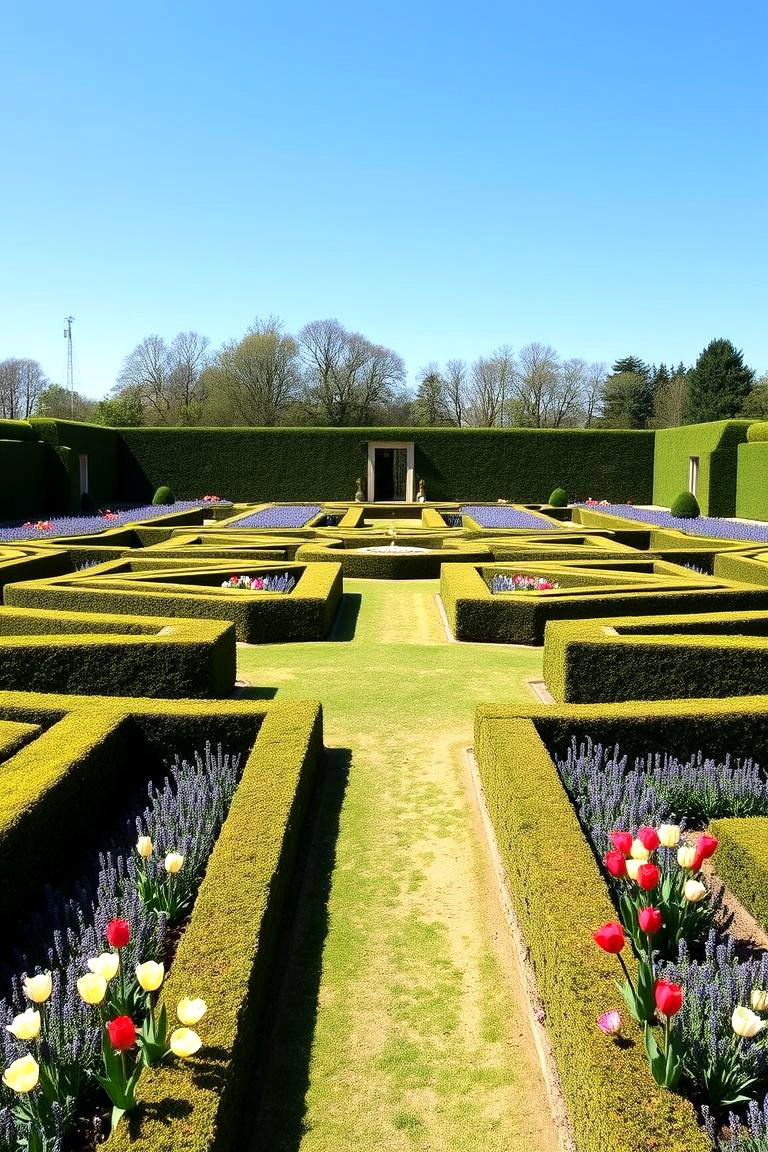
If you're drawn to structure and balance, consider a formal garden with symmetry. This style is characterized by well-manicured hedges, geometric paths, and precisely placed flowerbeds. The benefit of symmetry in the design is that it creates an orderly and calming atmosphere, making it perfect for meditation or quiet reflection. The use of boxwood hedges, topiaries, and stone pathways will enhance the sense of formality, while introducing flowers like tulips or lavender will provide color. It’s the ideal garden for those who enjoy meticulous design.
5. Wildflower Meadow
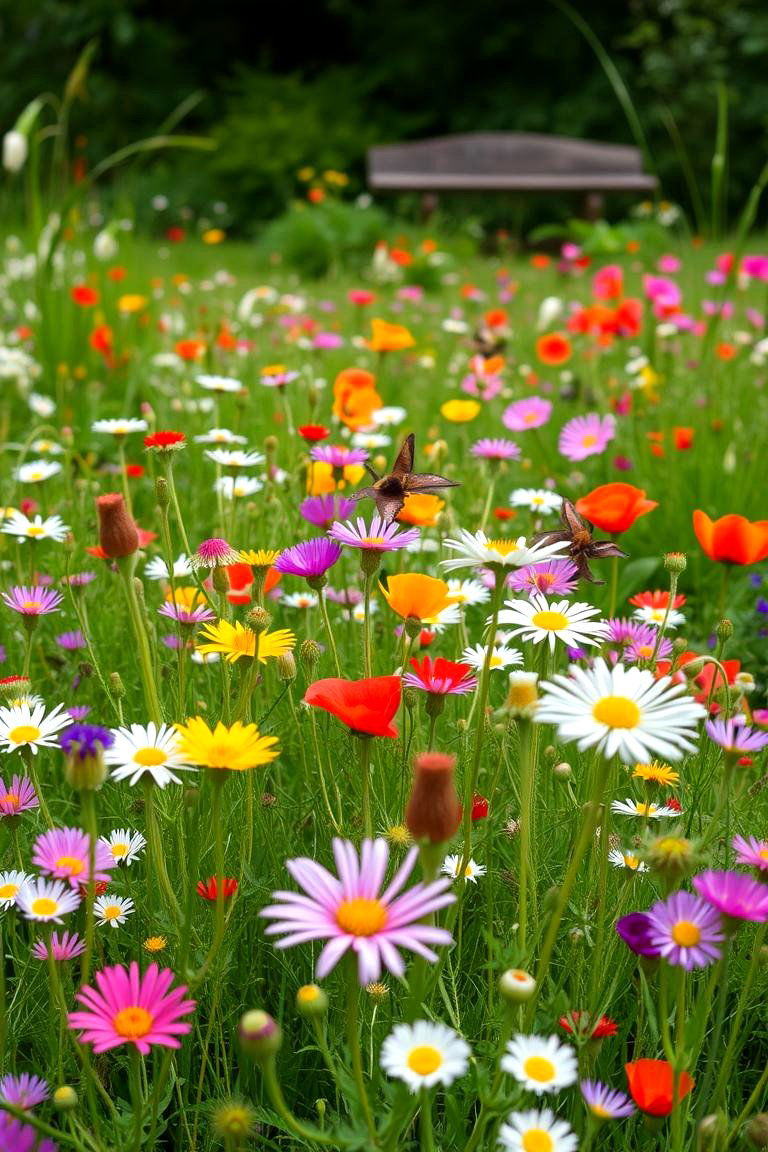
A wildflower meadow brings natural beauty and biodiversity to your garden. This low-maintenance option allows you to create a stunning, free-spirited landscape that thrives on minimal intervention. The benefit of a wildflower meadow is its ability to attract wildlife, including bees and butterflies, making it an eco-friendly choice. By choosing native wildflowers suited to your local climate, you can ensure the garden thrives without requiring constant upkeep. This garden type adds a rustic charm to any space and allows nature to flourish.
6. Water Garden
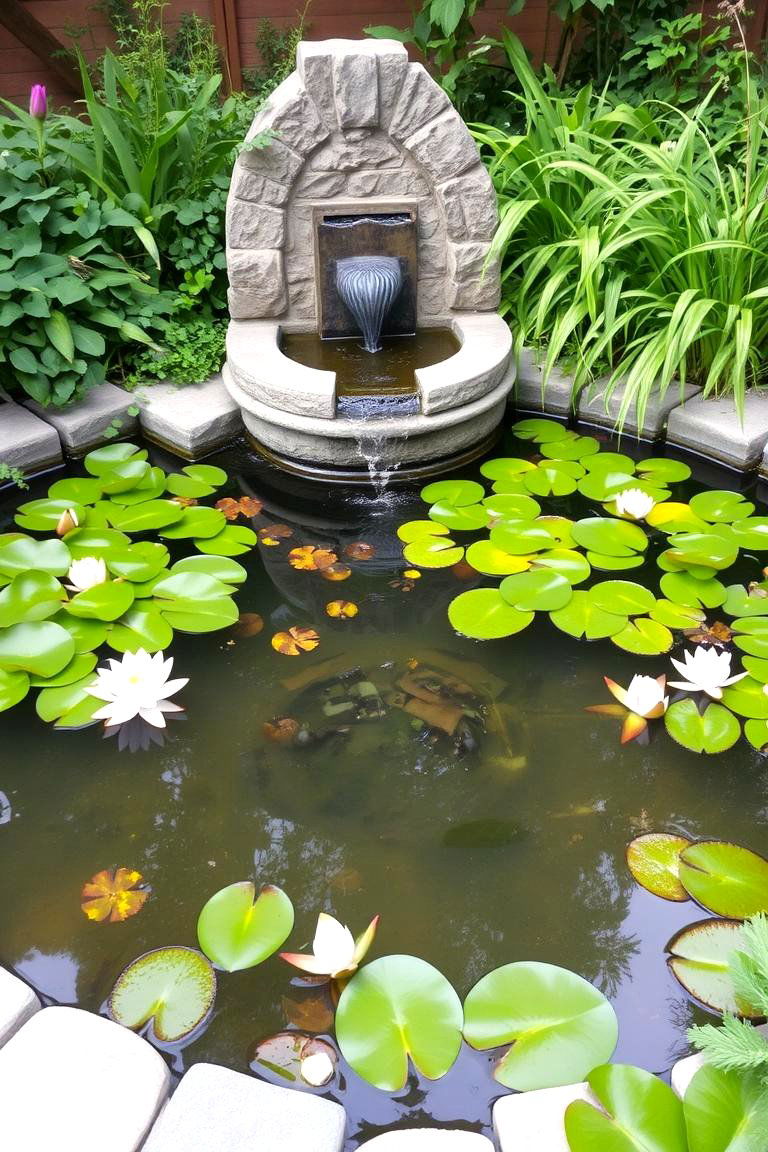
Introduce tranquility and a sense of serenity with a water garden. Whether you choose a small pond, a fountain, or a more elaborate water feature, the sound and sight of water create a calming atmosphere. Water gardens provide several benefits, including attracting birds and beneficial insects to your garden, and their visual appeal adds another layer of beauty. By incorporating water lilies, aquatic plants, and gentle landscaping, you can create a stunning focal point that enhances your English garden with soothing sounds and rich textures.
7. Rock Garden

A rock garden brings rugged beauty to your English garden with a variety of stones, boulders, and drought-resistant plants. This style is perfect for adding visual interest and texture, especially in areas with poor soil or limited water. The benefit of a rock garden is its low maintenance, as many plants suited for this type of garden thrive with minimal attention. Sedums, thyme, and alpines are ideal choices for planting among rocks, offering an array of colors and forms that contrast with the natural stone.
8. English Garden with Climbing Vines
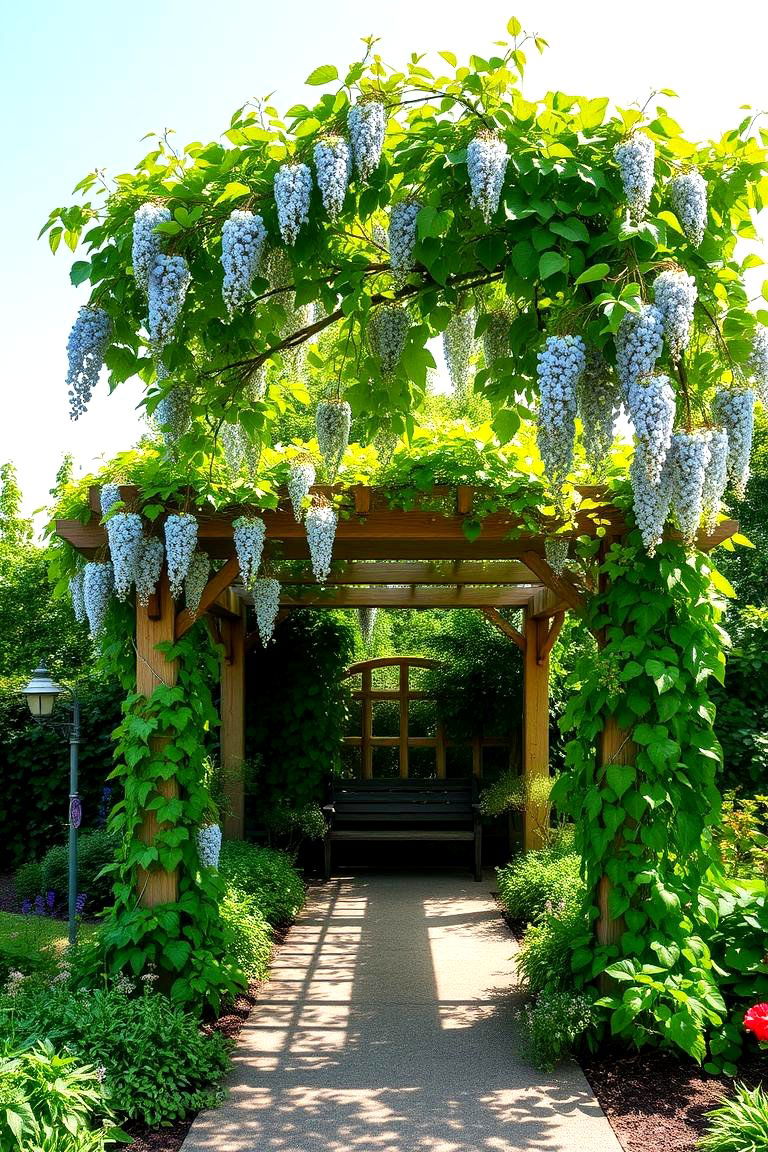
Climbing vines, such as wisteria, jasmine, or ivy, can transform your garden into a lush, green haven. By training these vines to grow up trellises, fences, or pergolas, you create vertical interest while also adding texture and fragrance. The key benefit of incorporating climbing vines is their ability to create a sense of enclosure and privacy, turning your garden into a secluded retreat. Whether draped over an archway or cascading down a wall, these vines add beauty and a romantic atmosphere to any English garden.
9. Sunken Garden
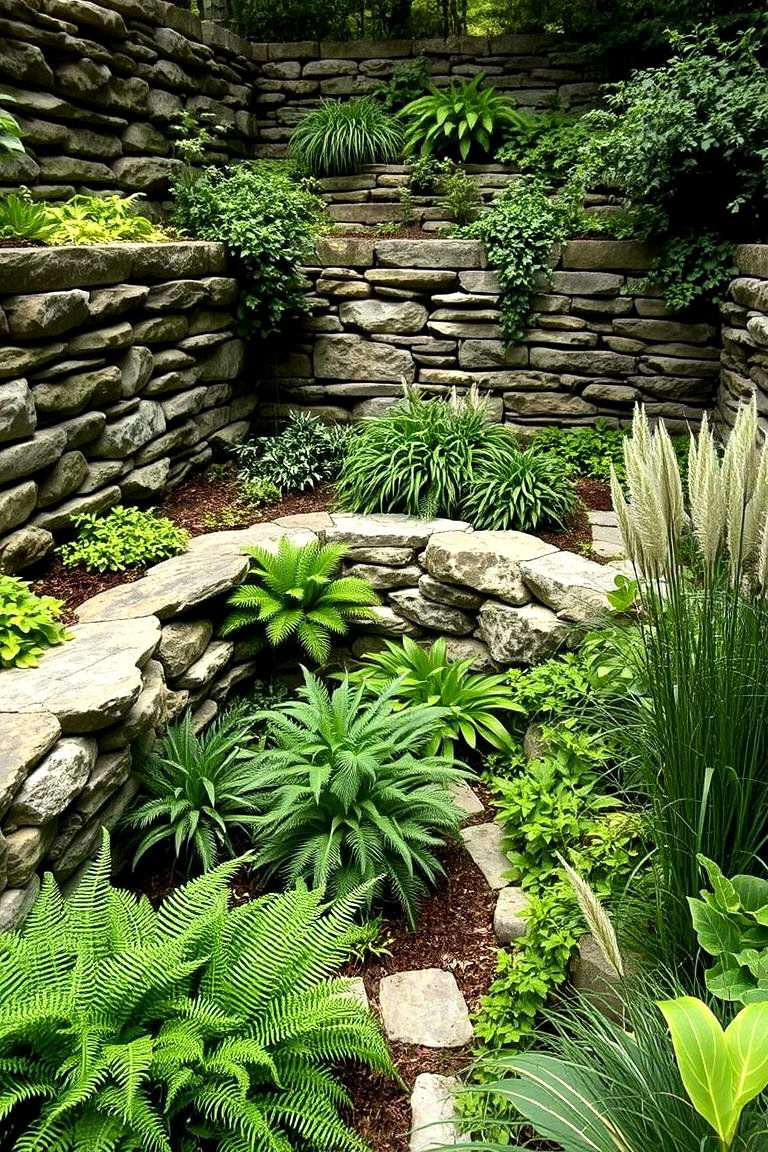
A sunken garden creates a striking visual effect by lowering the ground level, often using raised edges or stone walls. This type of garden offers a private, intimate space that can feel like a hidden oasis. The benefit of a sunken garden is that it allows you to control the environment, with the ability to plant a mix of flowers, shrubs, and even trees within a controlled area. This design helps create an atmosphere of tranquility, offering a sense of retreat from the rest of the world.
10. Formal Boxwood Garden
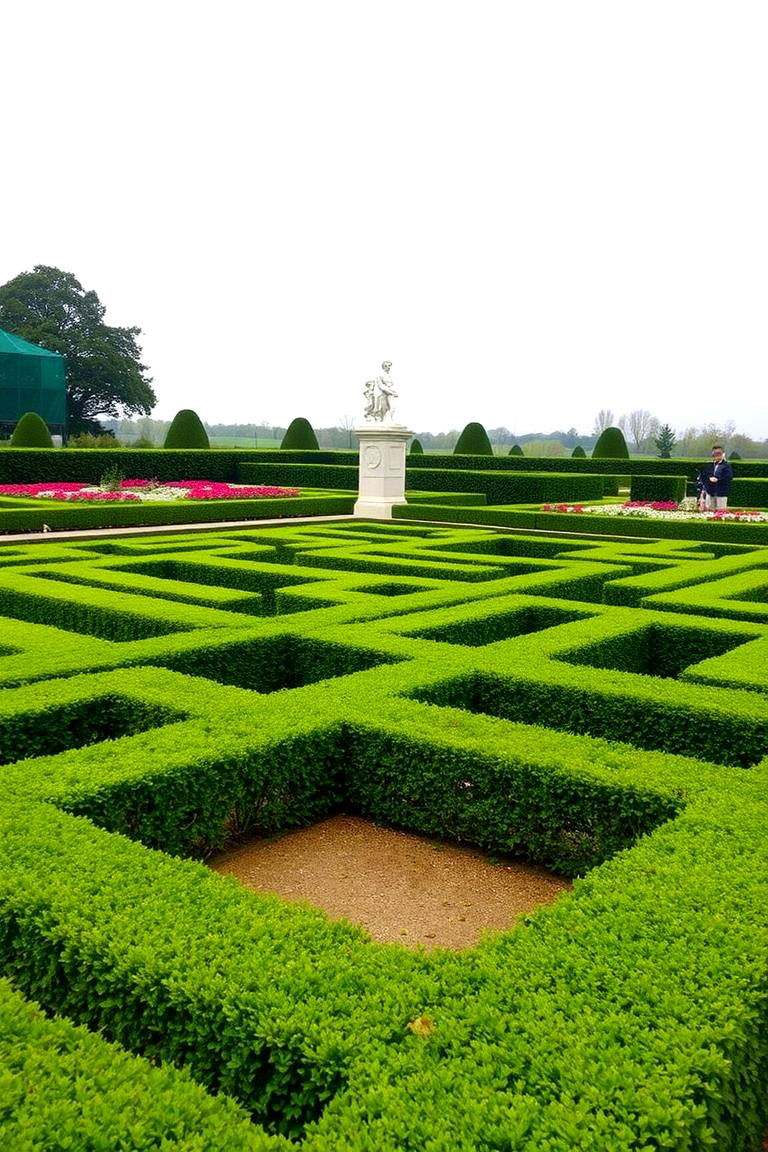
Boxwood is a classic choice for creating clean lines and a formal feel in your garden. A boxwood garden relies on the dense, evergreen foliage of boxwood shrubs, often trimmed into hedges or geometric shapes. The benefit of a boxwood garden is its timeless look and year-round appeal. These shrubs create a structured, neat design that pairs beautifully with flowering plants or even as a backdrop for other garden features like statues or fountains. Boxwood is hardy and easy to maintain, making it ideal for anyone looking for a low-maintenance formal garden.
11. Mediterranean-Inspired Garden
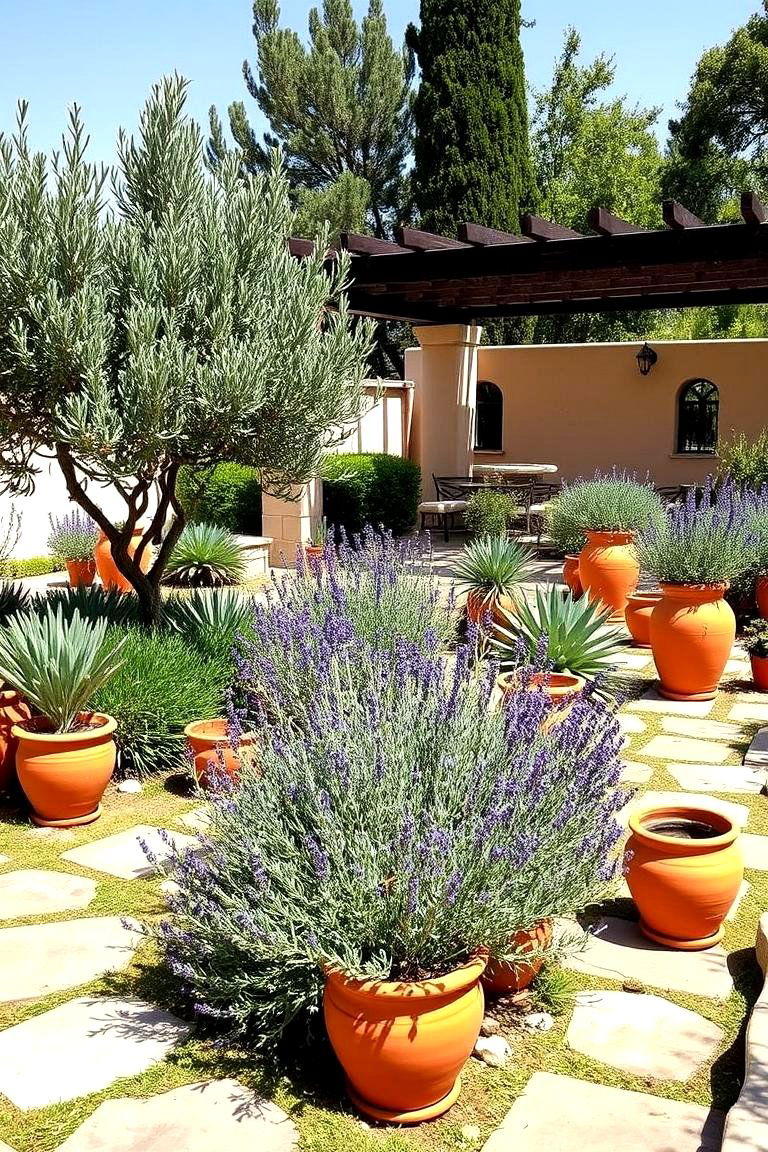
Inspired by the sun-drenched landscapes of southern Europe, a Mediterranean-inspired garden uses plants that thrive in hot, dry conditions. Think of lavender, olive trees, rosemary, and succulents. The benefit of this style is its low water requirements and the calming, rustic feel it creates. Adding stone pathways, terracotta pots, and shaded areas with pergolas or trellises enhances the Mediterranean atmosphere. This type of garden offers a relaxed yet stylish aesthetic, perfect for outdoor dining and enjoying long summer evenings.
12. Shade Garden
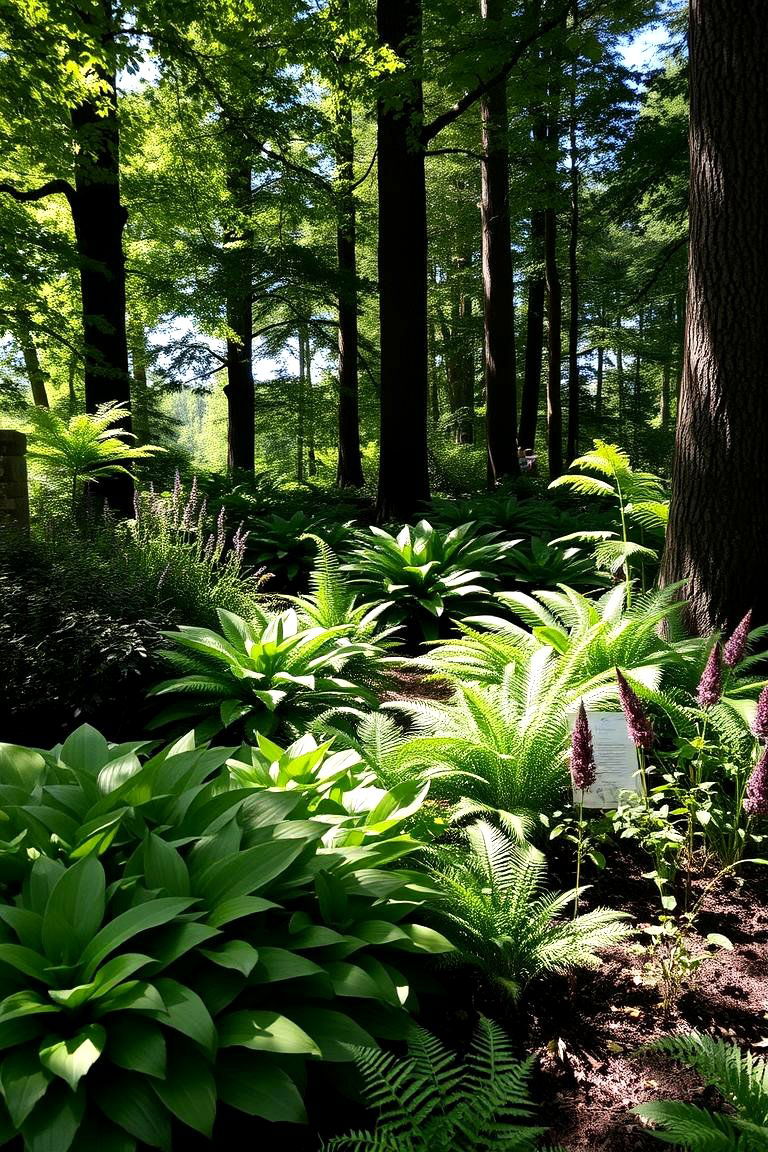
If you have a garden area that doesn’t receive much sun, a shade garden can be a perfect solution. This design incorporates plants that thrive in low-light conditions, such as ferns, hostas, and astilbes. The benefit of a shade garden is that it allows you to utilize areas of your yard that might otherwise go unused. With the right plants, you can create a lush, green space filled with texture and color. The tranquility of a shade garden offers a cool retreat on hot summer days, making it a perfect escape.
13. Herb-Infused Flower Garden
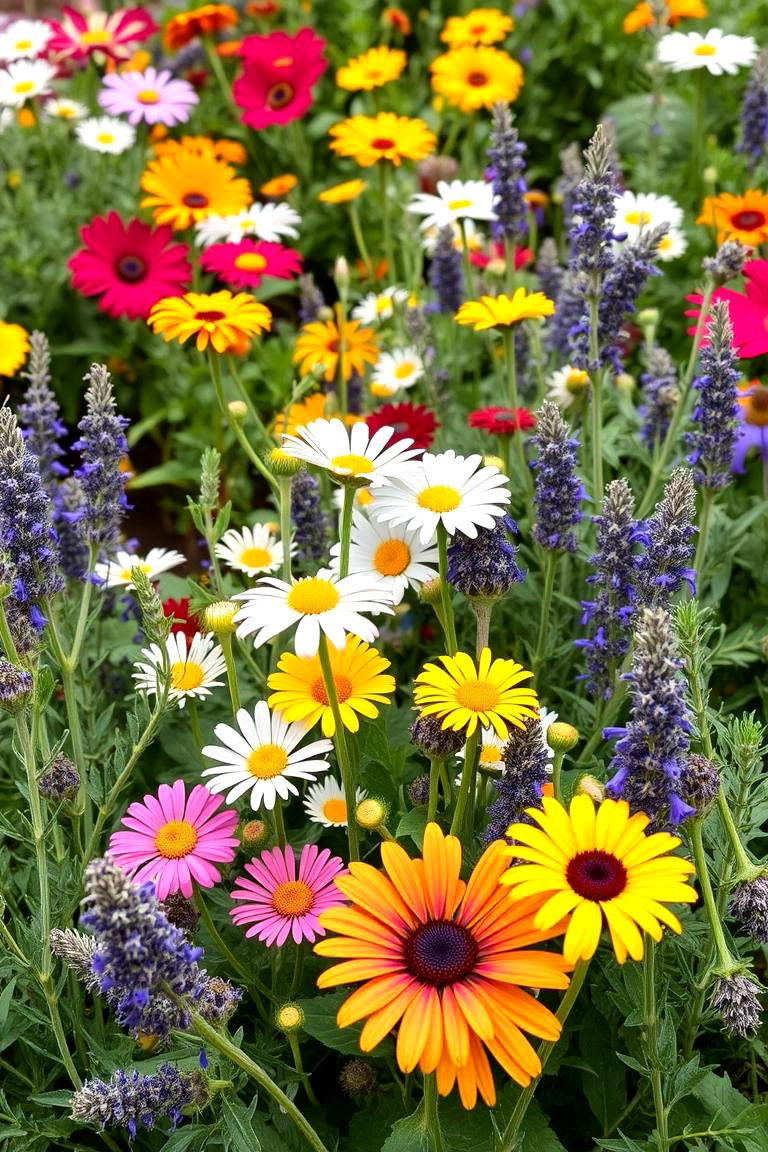
Combine the beauty of flowers with the practicality of herbs in an herb-infused flower garden. By planting herbs like lavender, sage, and thyme alongside colorful blooms, you create a garden that offers both visual appeal and fragrance. The benefit of this combination is that it adds multi-sensory enjoyment to your space. Aromatic herbs can attract pollinators, while flowers such as roses, daisies, and peonies provide visual interest. This style is perfect for gardeners who love both flowers and herbs, offering a delightful blend of both.
14. Garden with Sculptural Elements
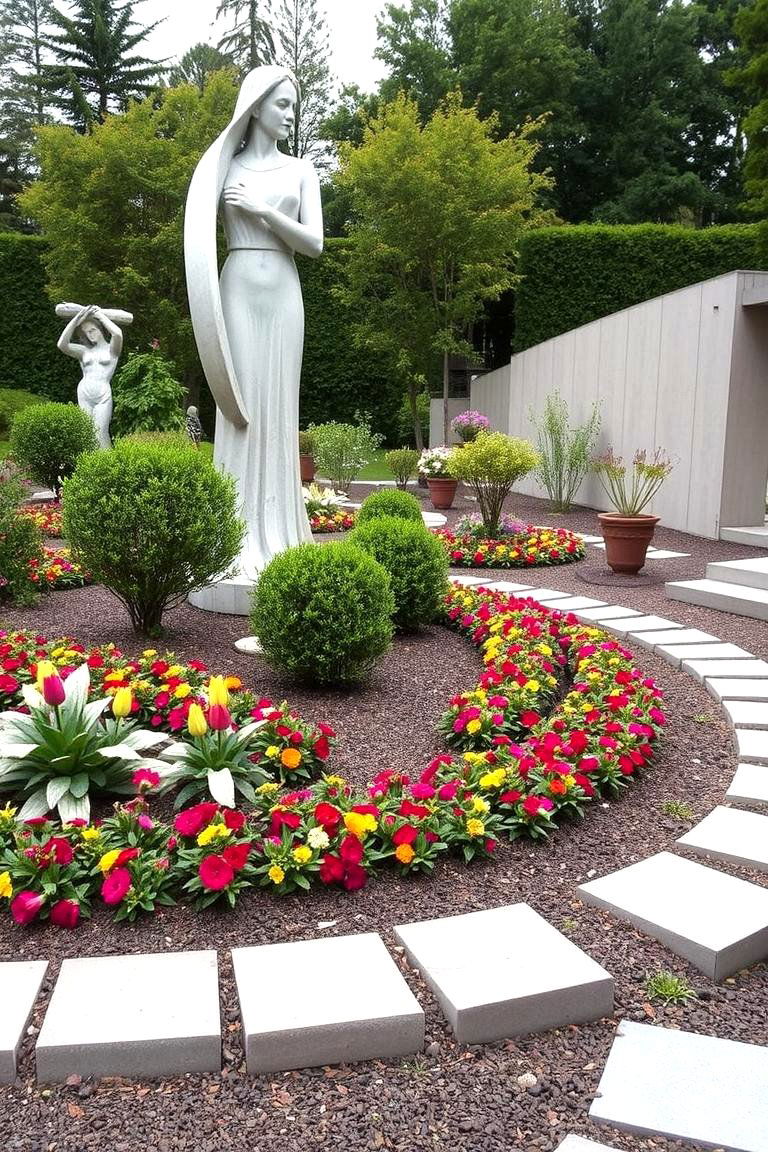
Integrating sculptures or other artistic elements into your garden transforms it into an outdoor gallery. Statues, fountains, or abstract sculptures can serve as a focal point, giving the garden personality and a modern edge. The benefit of using sculptures is that they add depth and interest to the landscape, offering an artistic dimension that goes beyond plants. Whether you choose classic figures or contemporary pieces, sculptures can be a striking addition to your English garden, enhancing its overall aesthetic and appeal.
15. Tropical-Style Garden
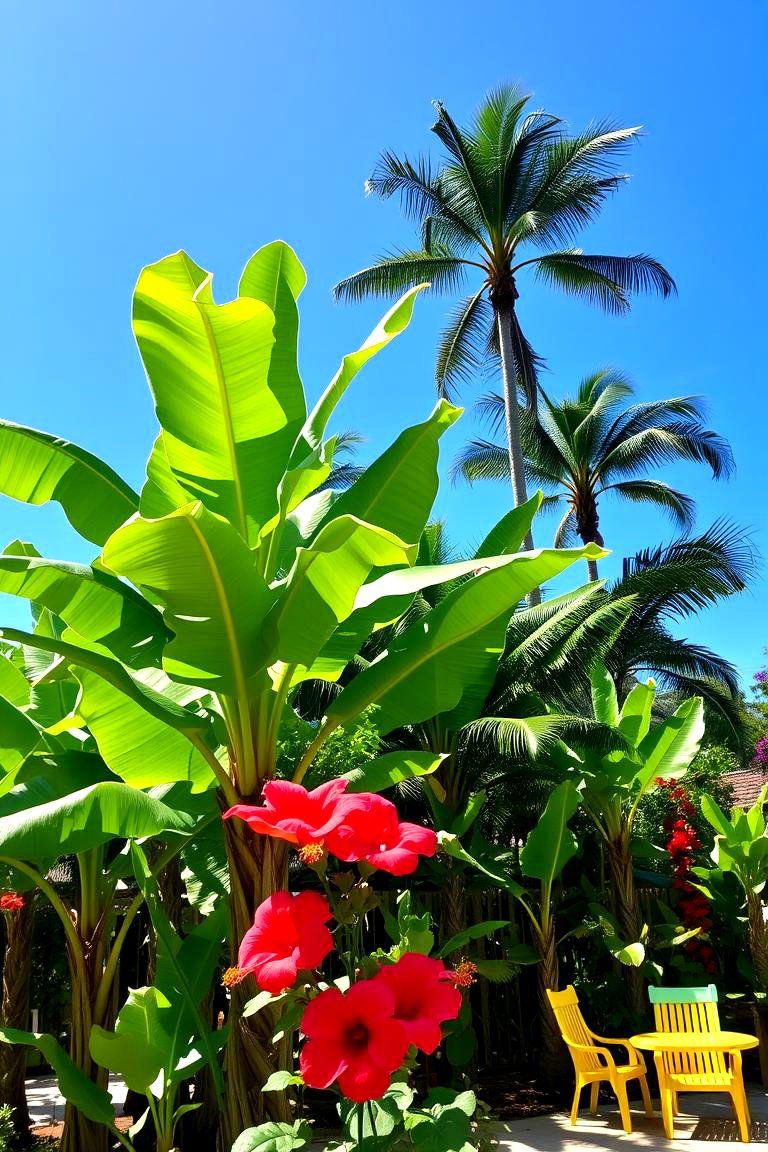
A tropical-style garden brings the lush, vibrant beauty of the tropics to your backyard. With plants like banana trees, palms, and vibrant flowers such as hibiscus and bougainvillea, this style offers bold color and a sense of escape. The key benefit is its ability to create a lush, exotic atmosphere that transports you to a warmer climate. Tropical gardens thrive in sunny, sheltered spots and provide a colorful, dynamic space that is sure to stand out.
16. Lavender Garden
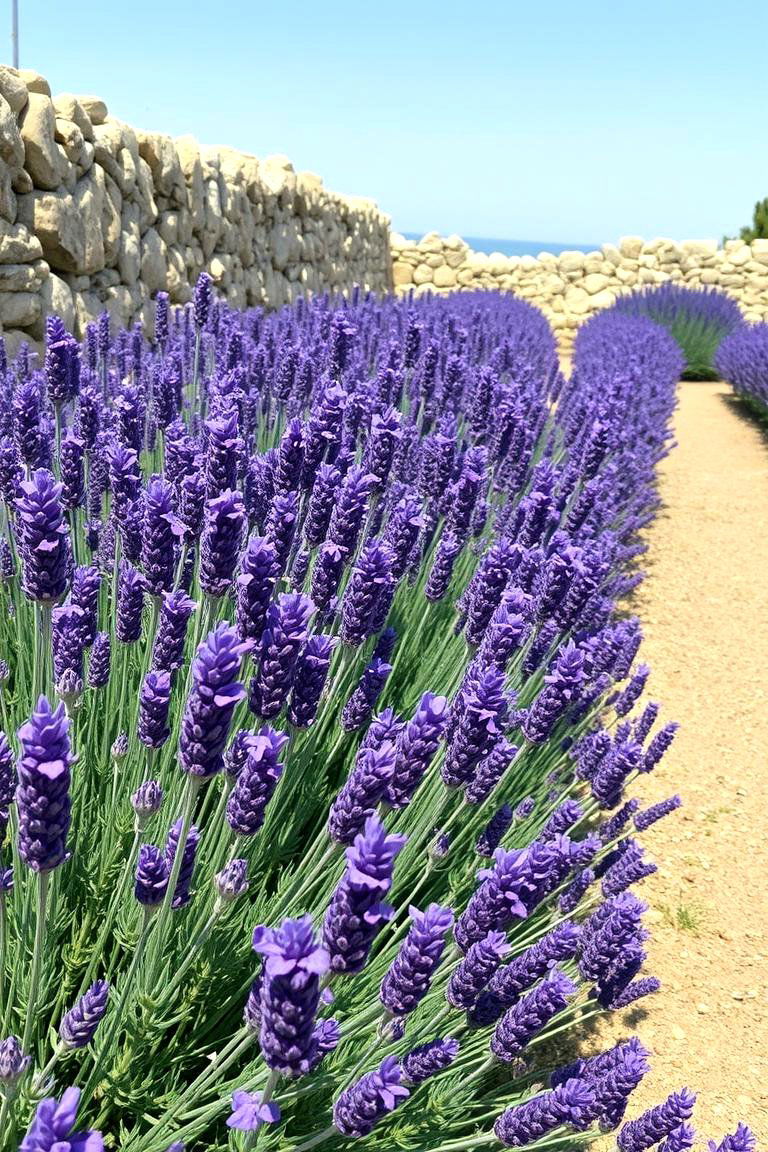
Lavender is synonymous with English gardens, thanks to its beauty and soothing fragrance. A lavender garden creates a peaceful retreat where the calming scent fills the air. The benefit of a lavender garden is its simplicity and low-maintenance nature. Lavender is drought-tolerant, requiring minimal care, and its vibrant purple flowers attract bees and butterflies, adding life to your garden. Whether planted in neat rows or as a border, lavender adds color, fragrance, and texture to any garden space.
17. Zen Garden
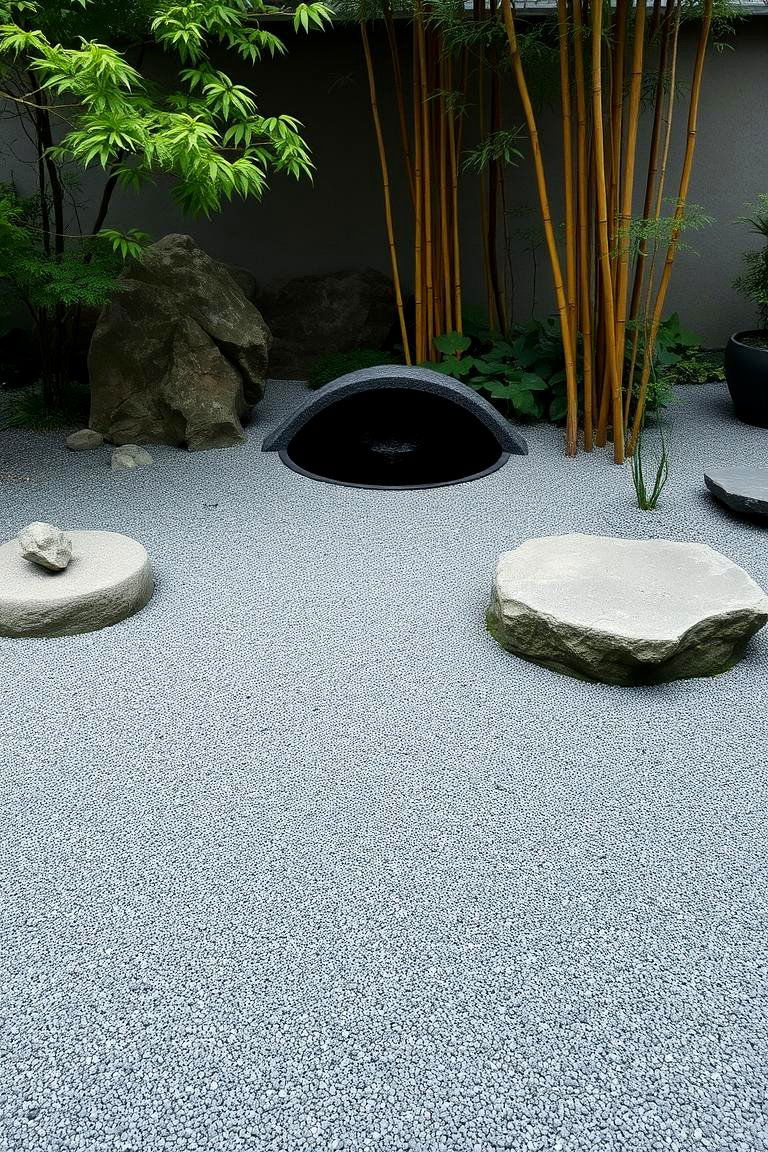
A Zen garden focuses on simplicity and mindfulness, using stones, gravel, and minimalist plantings to create a calming atmosphere. The benefit of a Zen garden is its ability to promote relaxation and peace. By raking gravel into patterns, placing stones, and incorporating bamboo or moss, you can create a tranquil retreat for quiet reflection. This type of garden is perfect for those seeking a minimalist aesthetic and a space that promotes mental well-being.
18. Butterfly Garden
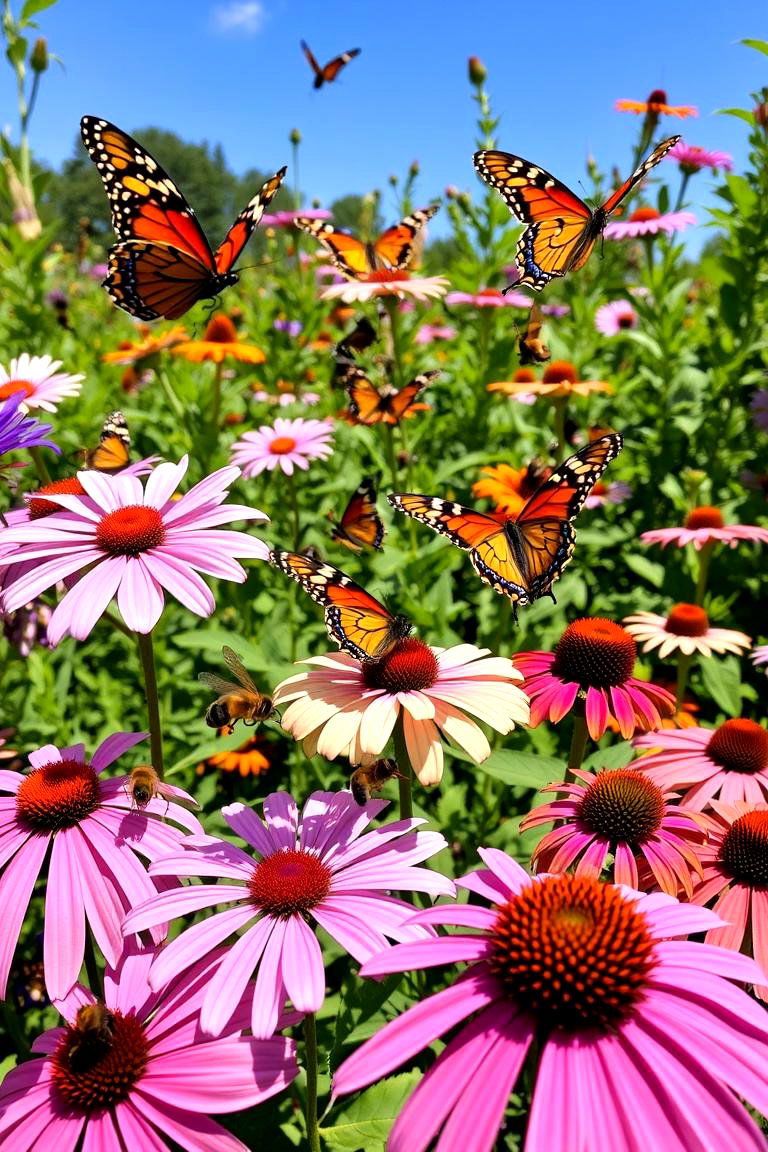
A butterfly garden attracts pollinators, turning your space into a vibrant hub of activity. Planting nectar-rich flowers such as coneflowers, milkweed, and butterfly bush will draw butterflies to your garden. The benefit of a butterfly garden is its ability to support local wildlife and add an extra layer of charm. Watching butterflies flutter through your garden brings joy and helps you appreciate nature's beauty. It's an ideal choice for anyone interested in wildlife gardening.
19. Greenhouse Garden
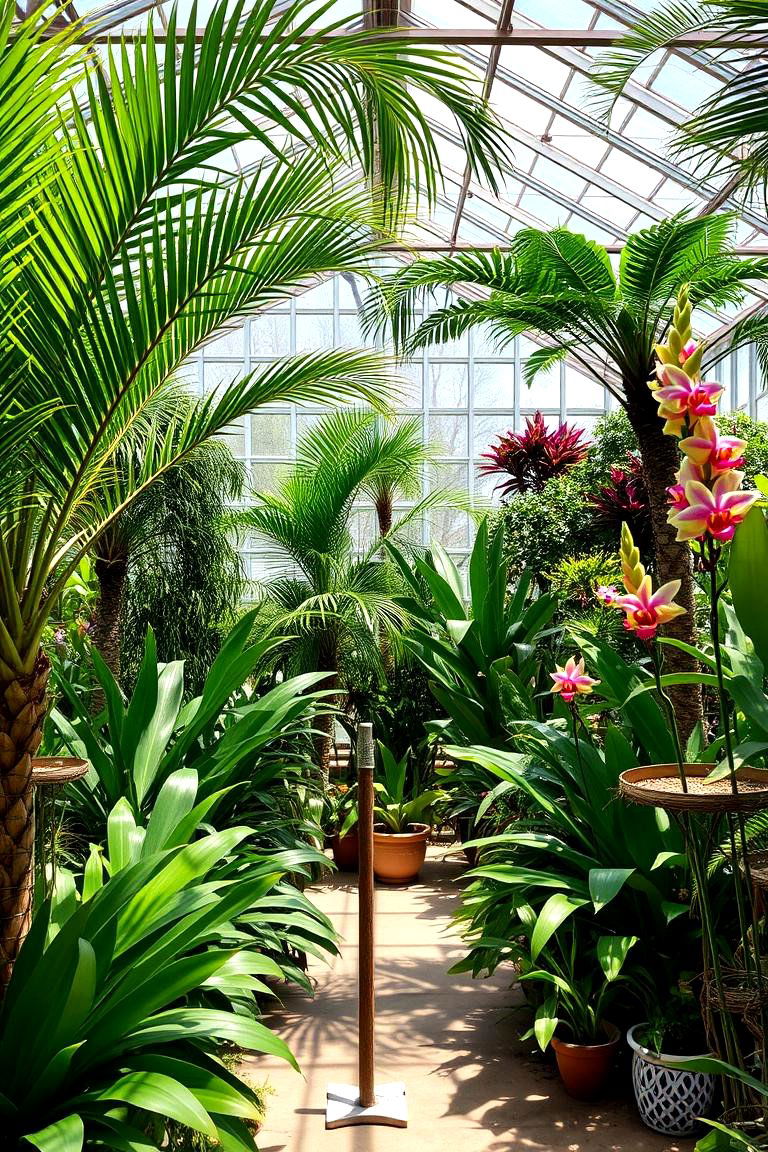
A greenhouse garden is perfect for extending the growing season and cultivating plants in a controlled environment. The benefit of this type of garden is the ability to grow plants year-round, especially in cooler climates. Whether you want to grow vegetables, flowers, or tropical plants, a greenhouse allows for year-round cultivation. It also provides protection from pests and the elements, ensuring your plants thrive.
20. Vegetable Garden
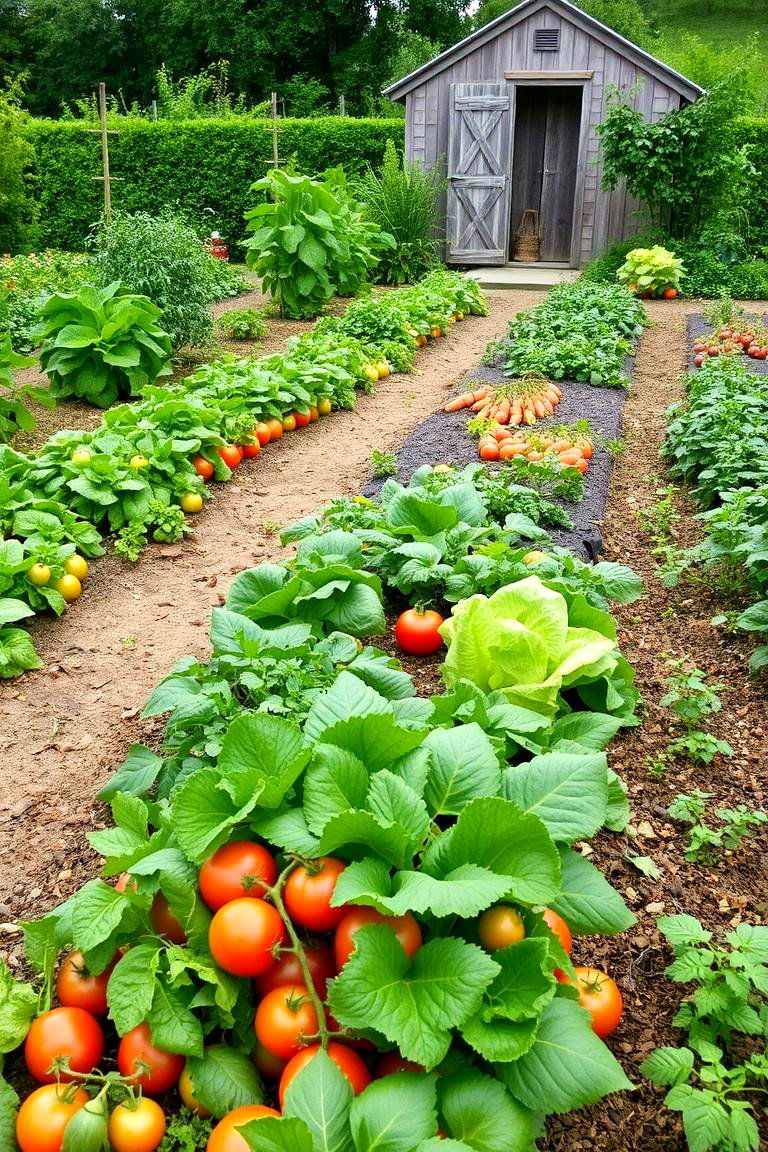
A vegetable garden provides fresh produce right from your backyard. Growing your own vegetables like tomatoes, carrots, and lettuce is not only rewarding but also sustainable. The benefit of a vegetable garden is its practicality; you can enjoy organic produce without the need for grocery store trips. By planting a variety of vegetables, you ensure a steady harvest throughout the season. This garden type allows you to reconnect with nature and enjoy the satisfaction of eating homegrown food.
21. Urban Rooftop Garden
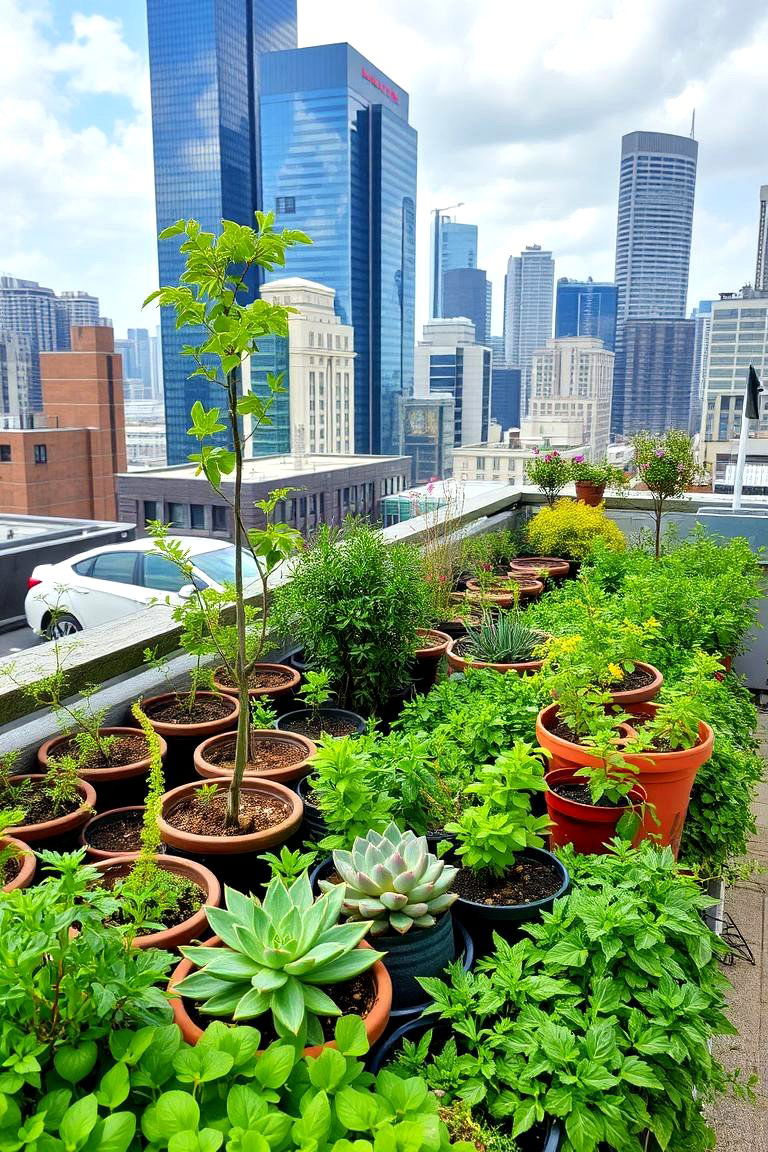
If you live in an urban environment, a rooftop garden offers a perfect escape. This type of garden utilizes limited space on a rooftop to create a green retreat amidst the hustle and bustle of the city. The benefit of a rooftop garden is that it provides a serene space for relaxation while offering sweeping views of the surrounding cityscape. With the right choice of plants—such as succulents, herbs, and flowers—you can transform a rooftop into a lush, green oasis.
22. Secret Garden
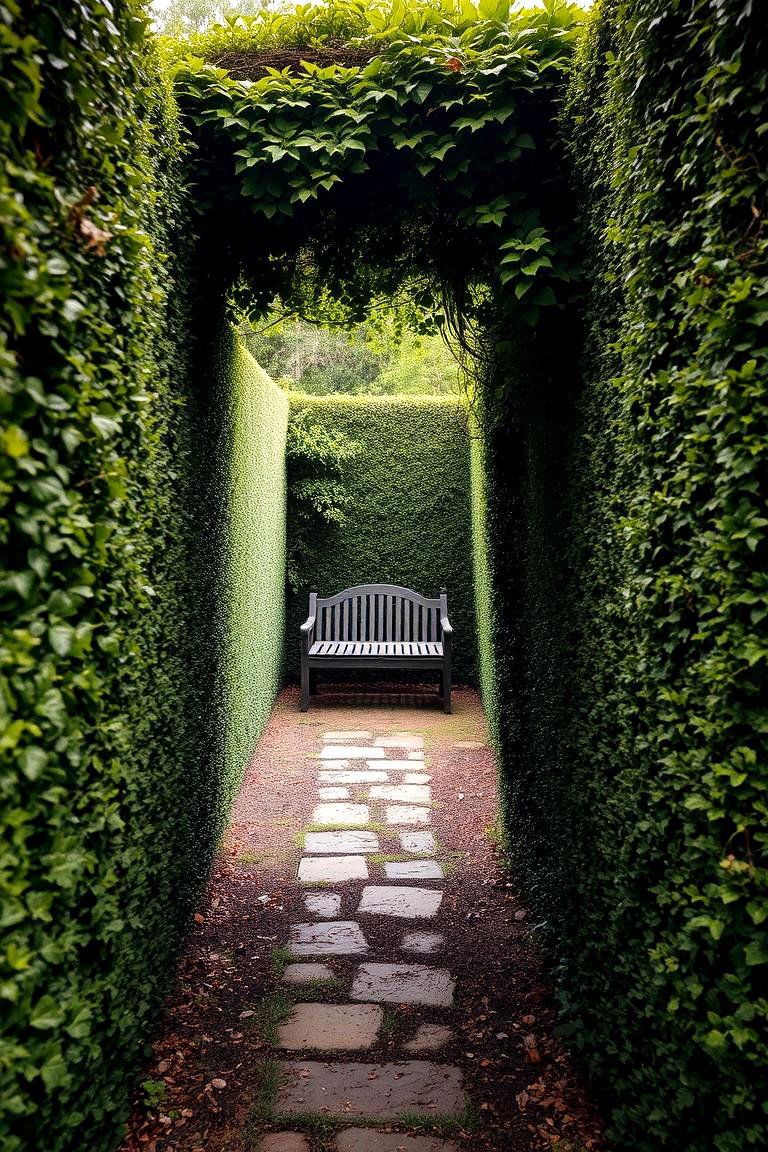
A secret garden feels like a hidden escape, tucked away behind walls or fences for privacy. This garden creates a sense of mystery and adventure. The benefit of a secret garden is its ability to offer seclusion, perfect for those looking for a personal retreat. By incorporating overgrown vines, hidden pathways, and secluded nooks, you create an enchanting atmosphere where one can unwind in peace and solitude.
23. Woodland Garden
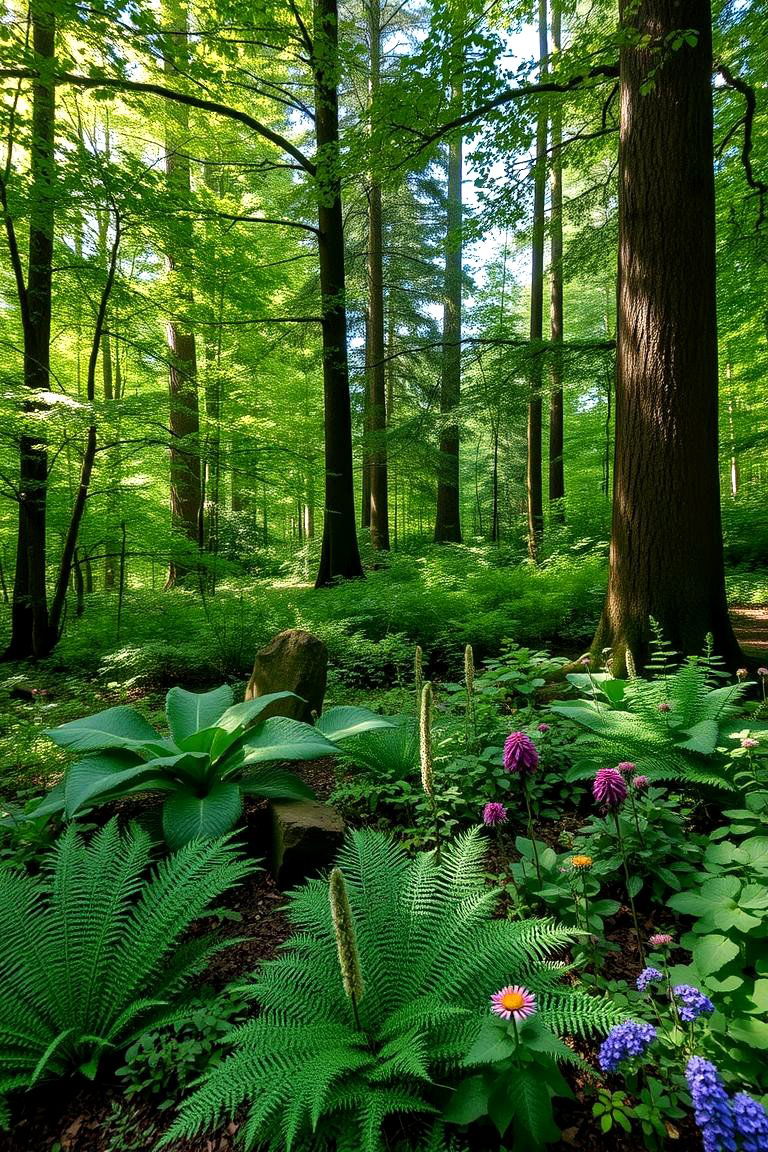
A woodland garden mimics the natural beauty of a forest, with dappled sunlight filtering through trees and an underlayer of shade-loving plants. The benefit of a woodland garden is its serene and calming effect, offering a cool retreat in the summer months. By planting ferns, hostas, and wildflowers beneath tall trees, you create a garden that feels like a hidden glade. This design is perfect for shady, quiet corners of your property.
24. Minimalist Garden
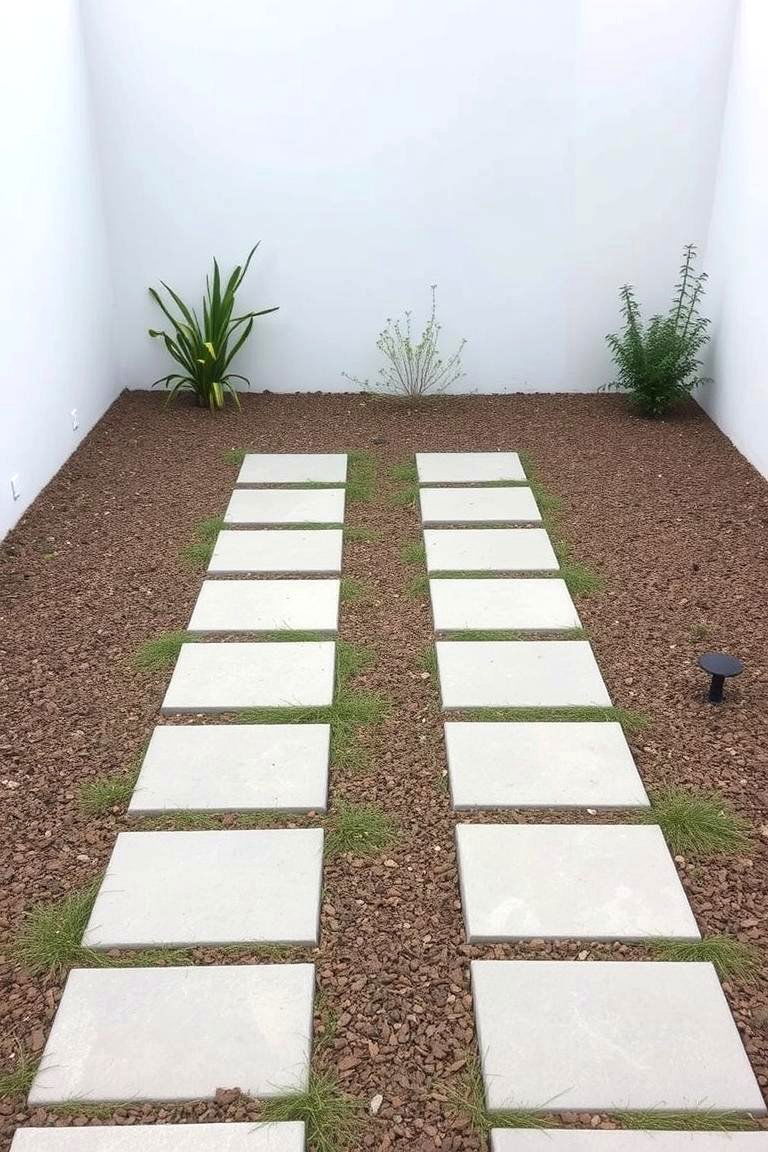
A minimalist garden focuses on clean lines, simplicity, and few elements, creating a peaceful, uncluttered space. The benefit of a minimalist garden is that it promotes a sense of calm and order. By limiting the number of plants and focusing on structure, such as using paving stones, gravel, and a small number of plants, you create a modern, low-maintenance garden that’s easy to care for and visually appealing.
Conclusion:
Designing an English garden provides a unique opportunity to express creativity while benefiting from a space that brings tranquility, beauty, and nature into your life. Whether you choose a formal rose garden, a cozy cottage garden, or a vibrant butterfly garden, each idea brings its own charm and practicality. By embracing these 24 English garden ideas, you can transform any space into an outdoor retreat that resonates with beauty and purpose.


